Death by sunburn. Sunburn Morbidity and Mortality: Understanding the Dangers of UV Radiation
How does sunlight damage skin cells. What are the long-term health risks of sunburns. Can severe sunburns be life-threatening. How can you prevent harmful effects of UV radiation.
The Science Behind Sunburns: How UV Radiation Affects Your Skin
Sunburns are more than just an uncomfortable inconvenience – they represent significant damage to your skin cells caused by ultraviolet (UV) radiation. To understand the potential morbidity and mortality risks associated with sunburns, it’s crucial to first examine how UV radiation interacts with and harms skin tissue.
Types of UV Radiation
The sun emits two main types of UV radiation that reach Earth’s surface:
- UVA rays – These have longer wavelengths and penetrate deeper into the skin. While less likely to cause immediate sunburn, UVA contributes to premature aging and long-term skin damage.
- UVB rays – With shorter wavelengths, UVB is primarily responsible for sunburns. It damages the outer layers of skin more intensely.
Cellular Damage from UV Exposure
When UV radiation hits skin cells, it transfers energy to molecules like DNA, proteins, and lipids. This energy can break chemical bonds, altering the structure and function of these crucial cellular components. DNA damage is particularly problematic, as it can lead to mutations and potential skin cancer development if left unrepaired.
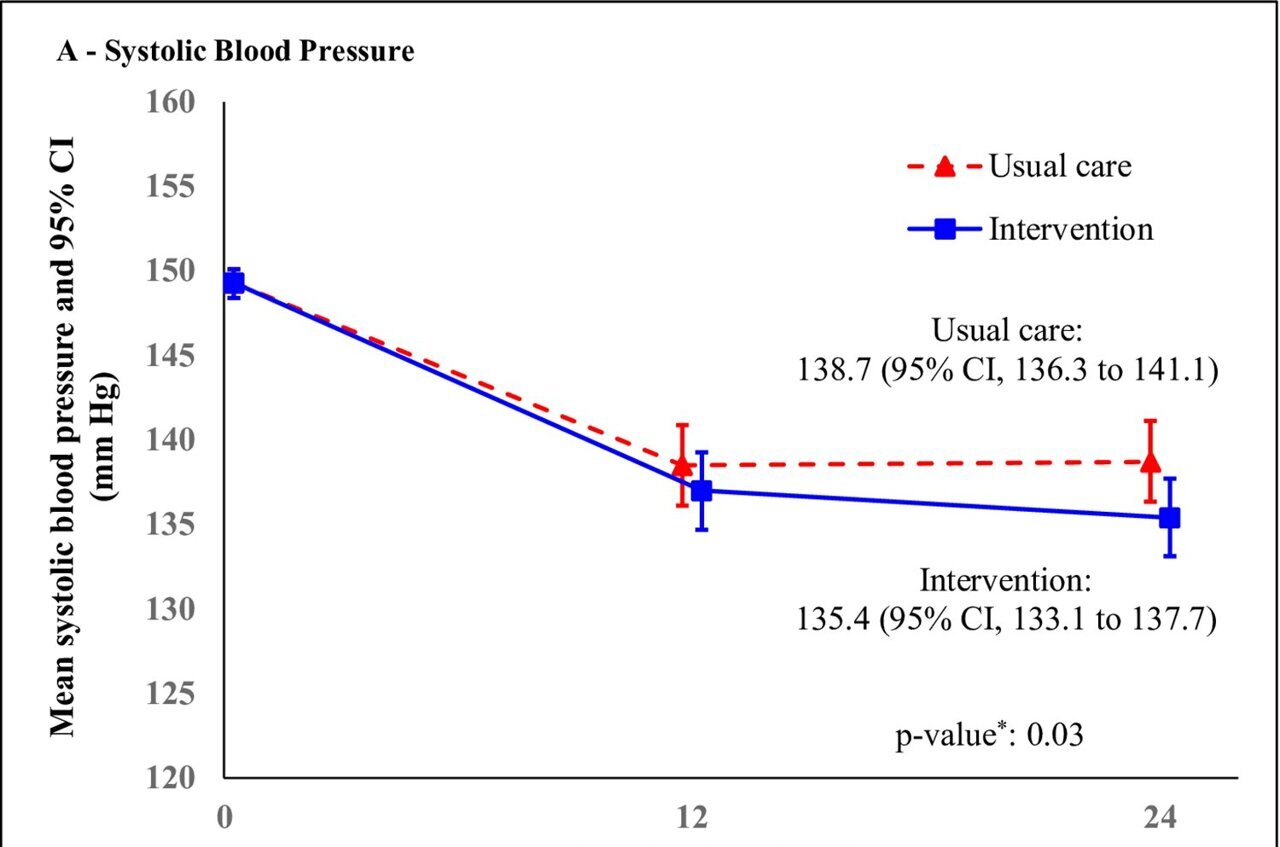
UV radiation often causes thymine bases in DNA to form abnormal bonds called dimers. These dimers disrupt normal DNA replication and transcription, potentially leading to cell death or mutations if not corrected by repair mechanisms.
Acute Effects of Sunburn: Understanding the Immediate Impact
The visible and painful symptoms of sunburn typically develop within a few hours of excessive UV exposure. But what’s actually happening beneath the surface of your skin?
The Inflammatory Response
UV damage triggers an inflammatory cascade in the skin, leading to:
- Vasodilation – Blood vessels dilate, causing the characteristic redness
- Increased blood flow – This brings immune cells to the damaged area
- Edema – Fluid accumulation leads to swelling
- Pain – Damaged nerve endings and inflammatory mediators cause discomfort
Cellular Death and Skin Shedding
Severely damaged skin cells undergo programmed cell death (apoptosis). This leads to peeling in the days following a sunburn as your body sheds these damaged cells.

Long-Term Health Risks: The Hidden Dangers of Repeated Sunburns
While the immediate effects of sunburn are unpleasant, the real danger lies in the cumulative damage caused by repeated UV exposure and sunburns throughout your lifetime.
Accelerated Skin Aging
Chronic UV exposure leads to photoaging, characterized by:
- Wrinkles and fine lines
- Uneven skin tone and pigmentation
- Loss of skin elasticity
- Rough, leathery texture
Increased Skin Cancer Risk
Multiple sunburns, especially during childhood and adolescence, significantly increase the risk of developing skin cancer later in life. The three main types of skin cancer associated with UV damage are:
- Basal cell carcinoma
- Squamous cell carcinoma
- Melanoma (the most dangerous form)
Studies have shown that experiencing five or more blistering sunburns between ages 15 and 20 increases melanoma risk by 80%.
Severe Sunburn Complications: When UV Exposure Becomes Life-Threatening
In extreme cases, severe sunburns can lead to potentially fatal complications. These situations are rare but underscore the importance of sun protection.

Heatstroke and Dehydration
Prolonged sun exposure, especially in hot environments, can lead to heatstroke. This dangerous condition occurs when the body’s temperature regulation fails, potentially causing organ damage or death if not treated promptly.
Systemic Inflammatory Response
Extensive, severe sunburns can trigger a systemic inflammatory response similar to other major burns. This can lead to:
- Fever
- Chills
- Nausea
- Low blood pressure
- In extreme cases, shock and organ failure
Secondary Infections
Blistering sunburns can compromise the skin’s protective barrier, increasing the risk of bacterial infections. In rare cases, these infections can become systemic and life-threatening.
Vulnerable Populations: Who’s at Highest Risk for Sunburn Complications?
While everyone should practice sun safety, certain groups are more susceptible to severe sunburns and their complications:
- Infants and young children
- People with fair skin, light hair, and light eyes
- Those with certain medical conditions (e.g., lupus, porphyria)
- Individuals taking photosensitizing medications
- People with a history of skin cancer
- Outdoor workers and athletes
These high-risk groups should take extra precautions to limit UV exposure and prevent sunburns.
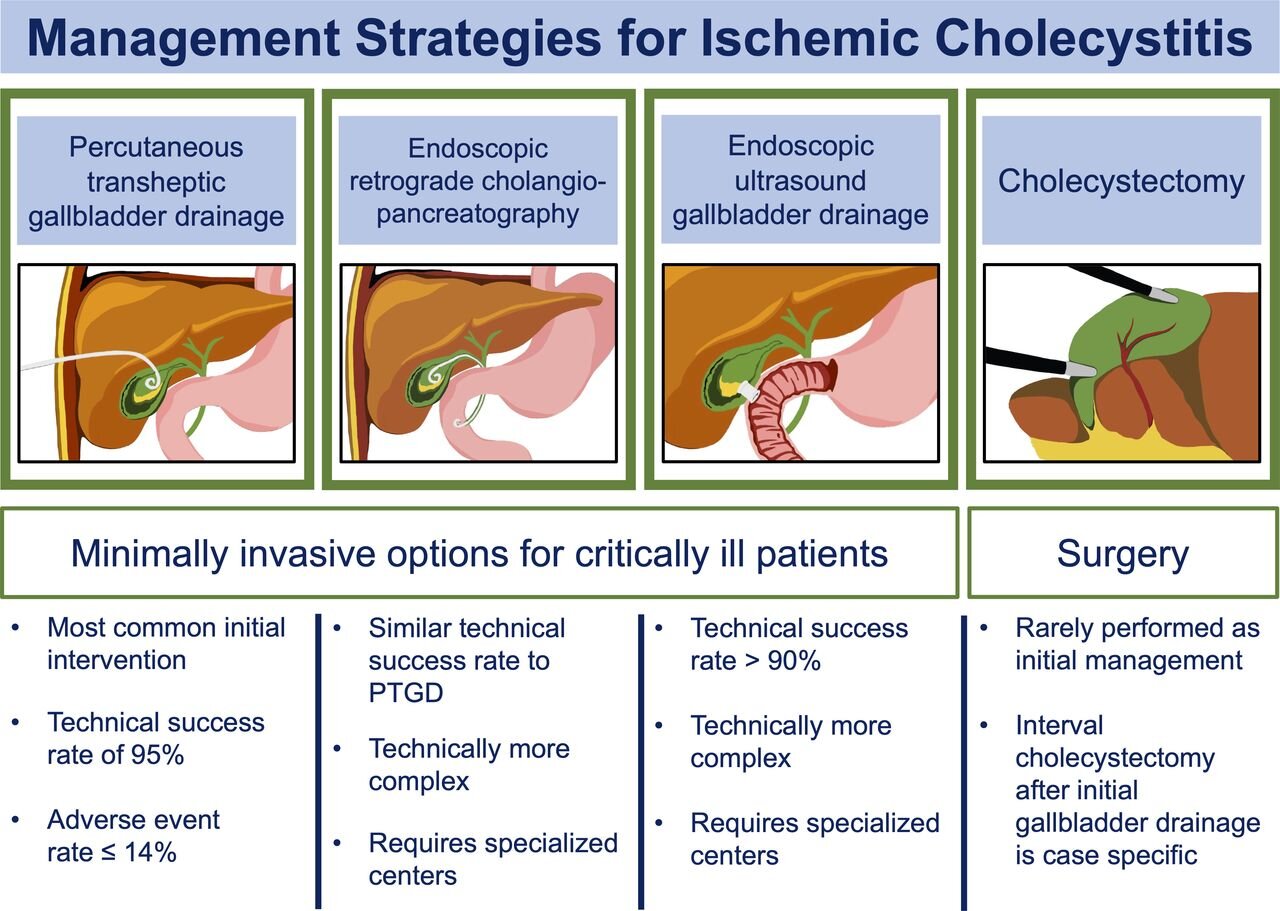
Prevention Strategies: Effective Ways to Protect Your Skin from UV Damage
The good news is that most UV-related skin damage is preventable with proper sun protection habits. Here are some key strategies to minimize your risk:
Sunscreen Use
Choose a broad-spectrum sunscreen with an SPF of at least 30. Apply generously and reapply every 2 hours or after swimming/sweating. Don’t forget often-missed areas like ears, neck, and the tops of feet.
Protective Clothing
Wear long-sleeved shirts, long pants, and wide-brimmed hats when spending extended time outdoors. Look for clothing with built-in UV protection (UPF) for added safety.
Seek Shade
Limit direct sun exposure, especially during peak UV hours (typically 10 am to 4 pm). Use umbrellas, trees, or other shade structures when outdoors.
UV-Blocking Eyewear
Protect your eyes and the delicate skin around them with sunglasses that block both UVA and UVB rays.
Be Aware of Reflective Surfaces
Water, sand, and snow can reflect and intensify UV radiation. Take extra precautions in these environments.

Treatment and Management of Sunburns: Minimizing Damage and Discomfort
If you do get sunburned, prompt treatment can help alleviate symptoms and potentially reduce long-term damage:
Immediate Care
- Cool the skin with cold compresses or a cool bath
- Apply moisturizer, especially those containing aloe vera
- Stay hydrated by drinking plenty of water
- Take over-the-counter pain relievers if needed
When to Seek Medical Attention
Consult a healthcare provider if you experience:
- Severe blistering over a large portion of your body
- High fever or chills
- Severe pain
- Signs of dehydration or heat exhaustion
- Confusion or altered mental state
Long-Term Skin Care
After a sunburn, be extra vigilant about sun protection as your skin heals. Consider using products with antioxidants to help combat free radical damage from UV exposure.
The Global Impact: Sunburn-Related Health Burden and Economic Costs
The morbidity and mortality associated with sunburns and UV exposure extend beyond individual health concerns. They represent a significant public health issue with far-reaching consequences.

Skin Cancer Statistics
Skin cancer is one of the most common forms of cancer worldwide. In the United States alone:
- Over 5 million cases of skin cancer are diagnosed annually
- Melanoma rates have been rising for the past 30 years
- One person dies from melanoma every hour
Economic Burden
The treatment of skin cancers and other UV-related skin conditions imposes a substantial economic burden on healthcare systems. In the U.S., the annual cost of treating skin cancers is estimated to be over $8 billion.
Environmental Factors
Climate change and ozone depletion may lead to increased UV exposure in some regions, potentially exacerbating the health risks associated with sunburns.
Understanding the true morbidity and mortality risks of sunburns highlights the critical importance of sun safety education and prevention efforts. By adopting proper sun protection habits and raising awareness about the dangers of excessive UV exposure, we can work to reduce the significant health burden associated with sunburns and skin cancer.

What is the morbidity and mortality of sunburn?
Author
Christopher M McStay, MD Assistant Professor, Department of Emergency Medicine, New York University School of Medicine, Bellevue Hospital Center
Christopher M McStay, MD is a member of the following medical societies: American College of Emergency Physicians, Wilderness Medical Society
Disclosure: Nothing to disclose.
Coauthor(s)
Ershad Elahi, MD Resident Physician, Department of Emergency Medicine, Bellevue Hospital Center, New York
Disclosure: Nothing to disclose.
Specialty Editor Board
Francisco Talavera, PharmD, PhD Adjunct Assistant Professor, University of Nebraska Medical Center College of Pharmacy; Editor-in-Chief, Medscape Drug Reference
Disclosure: Received salary from Medscape for employment. for: Medscape.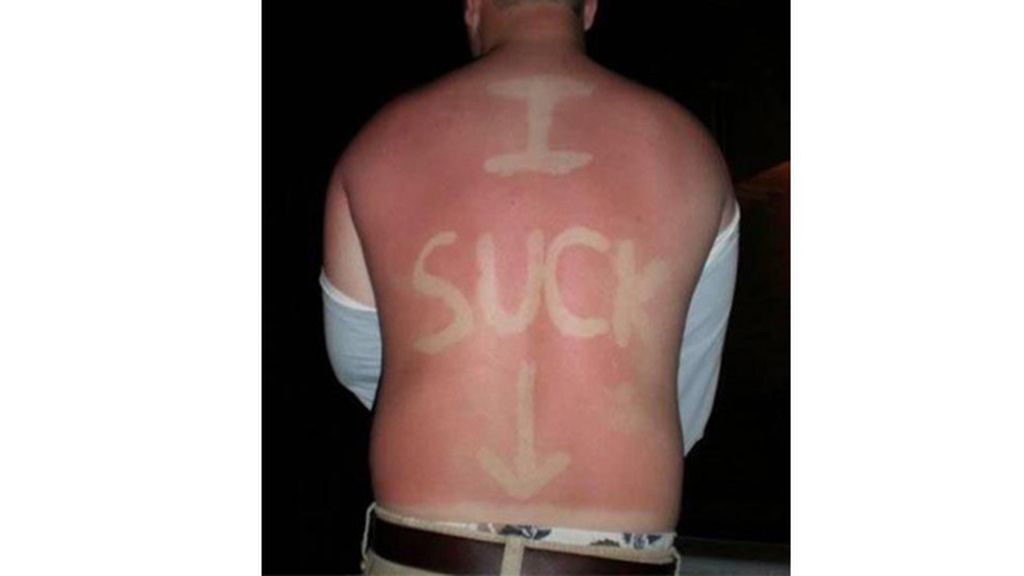
Amin Antoine Kazzi, MD Professor of Clinical Emergency Medicine, Department of Emergency Medicine, American University of Beirut, Lebanon
Amin Antoine Kazzi, MD is a member of the following medical societies: American Academy of Emergency Medicine
Disclosure: Nothing to disclose.
Chief Editor
Joe Alcock, MD, MS Associate Professor, Department of Emergency Medicine, University of New Mexico Health Sciences Center
Joe Alcock, MD, MS is a member of the following medical societies: American Academy of Emergency Medicine
Disclosure: Nothing to disclose.
Additional Contributors
James Li, MD Former Assistant Professor, Division of Emergency Medicine, Harvard Medical School; Board of Directors, Remote Medicine
Disclosure: Nothing to disclose.
Acknowledgements
webmd.com”>The authors and editors of Medscape Reference gratefully acknowledge the contributions of previous author, Amy Caron, MD, to the development and writing of this article.What happens when you get a sunburn
Everyone knows the familiar feeling of a hot flush starting to spread over their skin a few hours after spending some time outside under the sun. Oh no—you didn’t cover the spot with sunscreen! Sunburns may seem harmless enough (albeit annoying), but did you know that they’re actually a type of radiation burn?
Sunburns actually cause a huge amount of damage on a cellular level, but how do they do it? Why do they take so long to form? Why does the sun damage your skin? Isn’t sunlight supposed to be beneficial? Why do they hurt so bad? To find out more, read on!
How does sunlight interact with skin?
Sunlight is more than just nature’s way to wake you up in the morning. Sunlight is actually a form of electromagnetic radiation, along with radio waves, microwaves, and radioactive waves found in places like Chernobyl. By the time sunlight reaches you on Earth after traveling through space, its radiation comes in two flavors depending on the wavelength: Ultraviolet A (UVA) and Ultraviolet B (UVB).
By the time sunlight reaches you on Earth after traveling through space, its radiation comes in two flavors depending on the wavelength: Ultraviolet A (UVA) and Ultraviolet B (UVB).
In small doses, sunlight is beneficial. It allows your body to create the necessary nutrient vitamin D and sets your body on track for normal circadian rhythms (24-hour sleep/wake cycles), for example. But like anything else, too much of a good thing can actually harm you. Most sunlight is composed of UVA radiation, which has slightly less energy than more damaging UVB rays.
UVA rays are less likely to give you a sunburn, but they can penetrate deeper into your skin and cause more cumulative damage over time in the form of saggy, aging skin (maybe the Cryptkeeper should have worn more sunscreen as a young‘un). UVB rays, on the other hand, contain more energy that can harm your skin immediately. It’s like the difference between a hot pad for sore muscles and a burning flame.
How does sunlight damage skin?
UV radiation basically damages skin by transferring energy to molecules in your skin, such as DNA, fat, proteins, etc.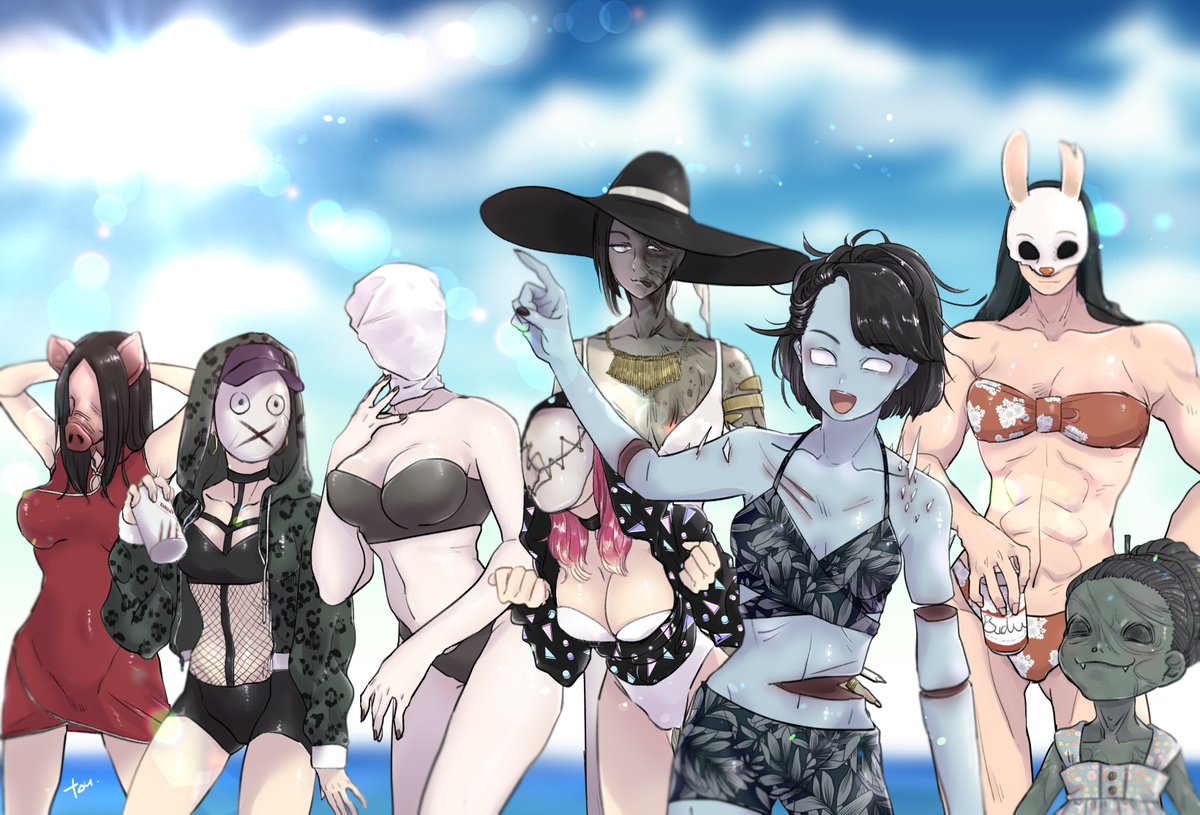 These molecules, which are already in their proper arrangement, absorb this energy. If the molecules absorb enough energy, the bonds holding them together can break, forming a new shape completely. For a cell that already has been chugging along smoothly thanks to specific molecules with specific shapes doing specific jobs, this is a big deal and causes serious problems.
These molecules, which are already in their proper arrangement, absorb this energy. If the molecules absorb enough energy, the bonds holding them together can break, forming a new shape completely. For a cell that already has been chugging along smoothly thanks to specific molecules with specific shapes doing specific jobs, this is a big deal and causes serious problems.
UV radiation damage to DNA is a particular problem. DNA is a huge molecule and actually quite fragile. When a molecule of DNA is present in a cell, it resembles a zipper: it has two strands, with each strand tightly bound to corresponding molecules on the opposite side, called bases.
There are four different bases—adenine, guanine, cytosine, and thymine. Thymine and cytosine, when occurring right next to each other, are particularly susceptible to forming dimers. When sunlight hits these sections, thymine and cytosine will “let go” of the other side of the chain and form bonds with each other. Suddenly, the DNA code is broken, and if this DNA section codes for a specific protein, it won’t make the right protein anymore.
Suddenly, the DNA code is broken, and if this DNA section codes for a specific protein, it won’t make the right protein anymore.
The good news is that each cell has its own small army of auto-correct molecules which can go in and fix the broken DNA section. The bad news is that when your skin is out in full sun, this process is happening on an epic scale—and sometimes the auto-correct function can’t keep up with the damage.
If a cell becomes too damaged, it also has its own auto-delete function: it will go through a process called apoptosis and essentially commit suicide. This seems harsh, but without it, too many damaged cells can accumulate and soon your skin wouldn’t work at all like it’s supposed to. You really might turn into the Cryptkeeper at that point!
There’s a bit of a catch-22 though: your own DNA codes for the auto-delete function, and if that section of your DNA is damaged, or if a damaged DNA section just happens to evade repair, the auto-delete won’t function like it’s supposed to.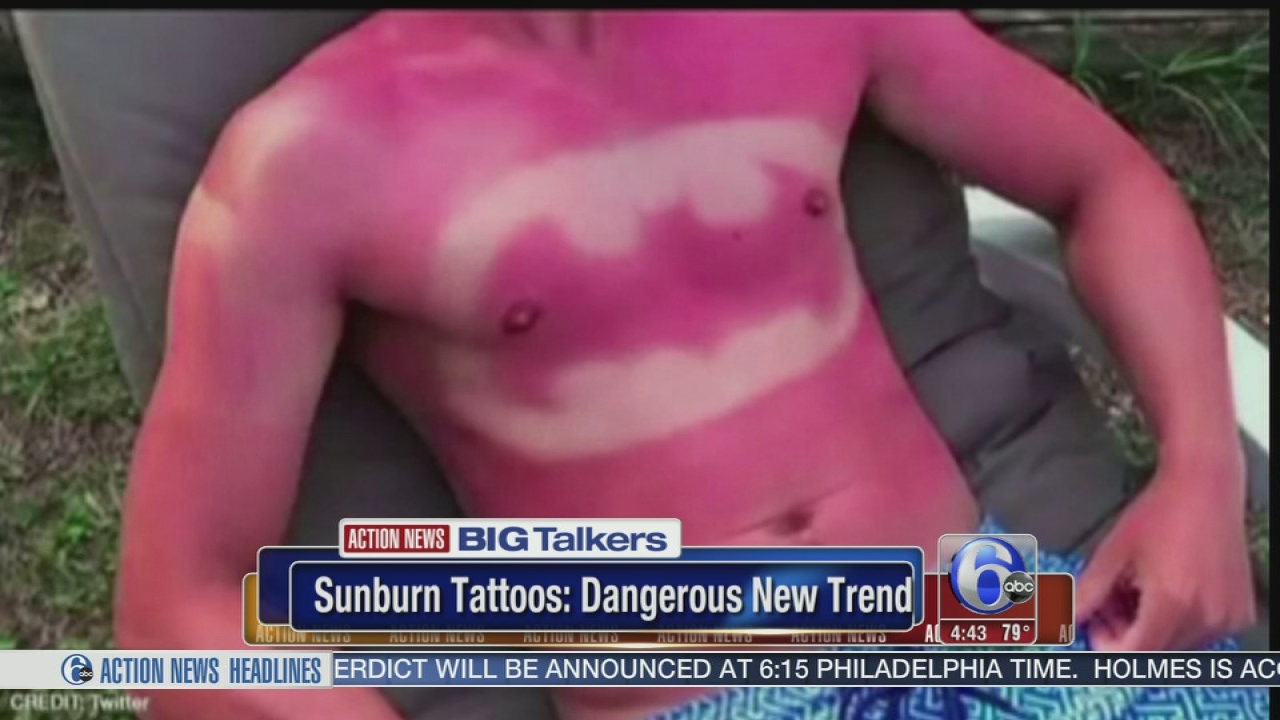 The cell won’t kill itself, and it might even start growing out of control. This is how skin cancer forms.
The cell won’t kill itself, and it might even start growing out of control. This is how skin cancer forms.
How does your body react to damaged skin?
Have you ever noticed how sunburns take a few hours to form after you’ve been out in the sun? That’s because the apoptosis process takes a bit of time to occur. If you’ve accumulated too much UV damage, your skin becomes full of dead skin cells. This sets off an immune reaction which also takes some time to get going.
White blood cells are attracted to your skin where the dead cells are scattered. They circulate and gobble up the dead cell bits, cleaning the area like a Roomba. To help even more white blood cells get to the area, your capillaries swell up and fluid leaks out, causing the red, swollen, and painful skin. After the dead cells are all cleaned up, the process shuts itself off and your skin goes back to normal—although it’ll start producing more melanin, a sort of natural sunscreen that makes your skin tan, to protect it from sunburns in the future.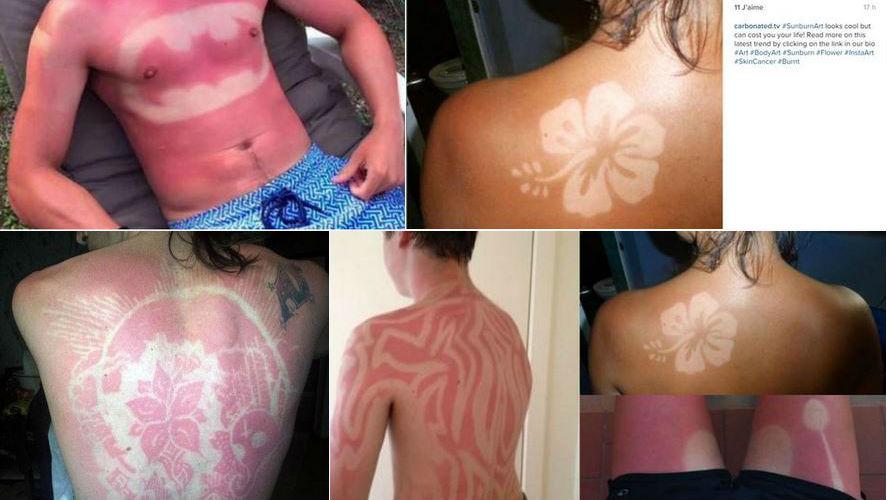
What’s the best way to prevent sunburns?
Sunburns won’t kill you—not immediately, anyway. Sunburns only happen when your cells are seriously damaged by UV radiation, and with each damaging event, there’s a small chance that it’ll be the one that can lead to cancer. The good news is that there are many ways to prevent sunburns and the DNA damage that comes with them.
The best way to prevent sunburns is to keep your skin covered. Wide-brimmed hats, sunglasses, and long-sleeved shirts and pants are the best way to avoid sun damage. You can’t stay completely out of the sun 100% of the time, and that’s where sunscreen comes in.
The Skin Cancer Foundation offers several guidelines for how to maximize sunscreen use. Use a broad-based sunscreen with an SPF of at least 15, which will protect against both UVA and UVB rays. The higher the SPF, the better. Make sure you apply the sunscreen at least 30 minutes before you head outside—that way, it’ll fully absorb into your skin and protect you even better.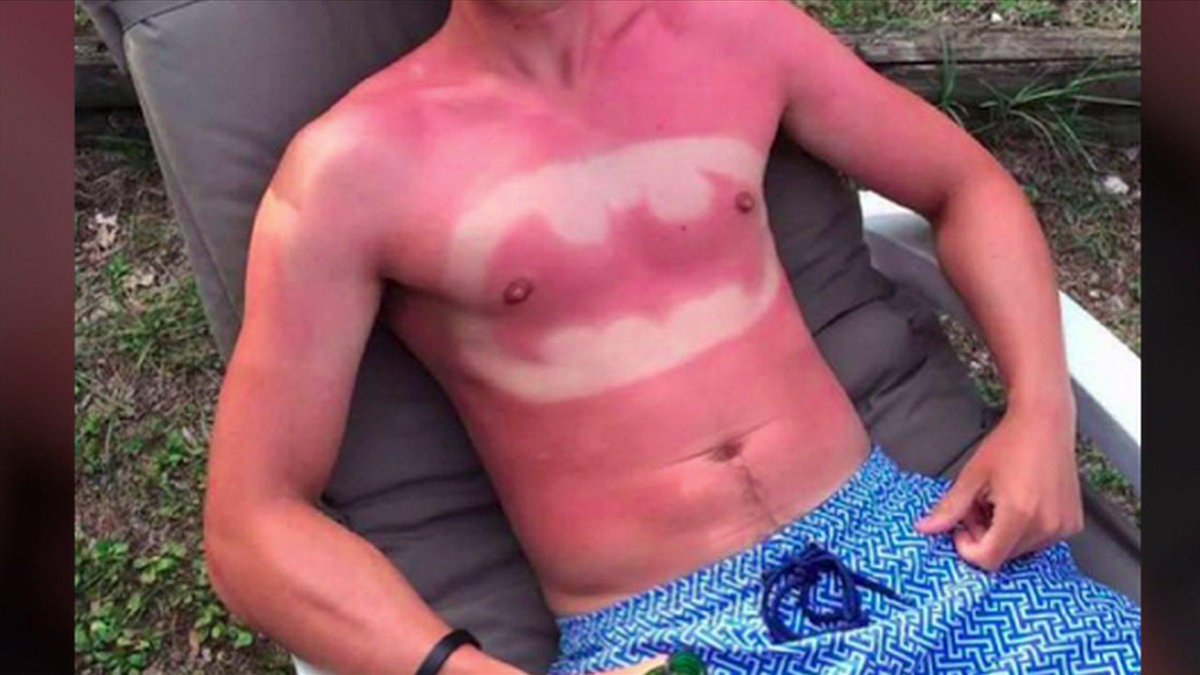 Finally, make sure you reapply sunscreen every two hours.
Finally, make sure you reapply sunscreen every two hours.
Twenty percent of people in the U.S. will get skin cancer at some point in their life, but it doesn’t have to be that way. As long as we take proper precautions we can stay healthy—and even avoid those pesky sunburns.
The 17 Stages of a Terrible, Awful, Life-Ruining Sunburn
1. Oooh, that deck chair out in the blazing sun looks like the perfect place to read the entirety of Moby Dick!! *Puts on bikini and a courtesy layer of hippie sunscreen.* “Time to do ME!” you yell as you plop down by the pool.
2. *Mmm…the warm sun feels so amazing on my skin! Maybe I’ll just take a quick lil’ nap.* You fall asleep for two hours.
3. *Wakes up sweating with heat rays emanating from skin.* “Ooh, better take a dip in the water to cool down!” You hop in the pool, splash around like a crazy person, give zero fucks. SUMMER IS LE BEST.
4. You head inside when the sun starts to fade, take off your bathing suit, and look in mirror.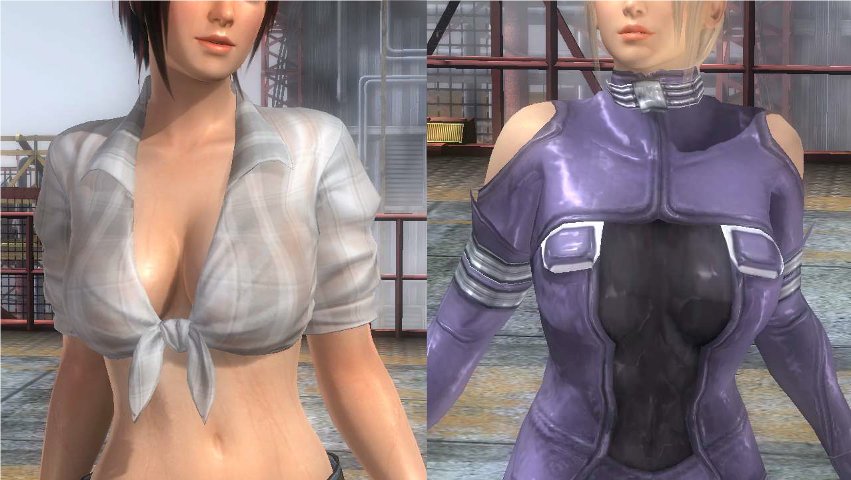 “Hmm… I’m a little red,” you think before shrugging. “I bet this’ll be a sweet tan!” You hop in the shower, turn on the water, and the first drops from the shower feel like being stabbed with a million tiny needles of hot death. You scream and jump out. *Oh. Shit.*
“Hmm… I’m a little red,” you think before shrugging. “I bet this’ll be a sweet tan!” You hop in the shower, turn on the water, and the first drops from the shower feel like being stabbed with a million tiny needles of hot death. You scream and jump out. *Oh. Shit.*
5. Holy crap, your skin is on FIRE. The thought of even touching yourself with a towel is too awful to bear and so you just stand in the bathroom, watching the cool water evaporate off your rapidly reddening skin.
6. You find all the ibuprofen, aloe, and black tea in your house and rub them all over your body, praying to stop this thing from progressing from a first degree burn to a second degree burn. You know in your heart of hearts it’s too late, but you must try!
7. When it’s time to go to bed, you position your body at an angle you didn’t know was previously possible. All that yoga has paid off and allows you to contort your entire Earthly form into a pretzel wherein no parts of your burn touch no parts of your scratchy, devil sheets. You cry and pray for morning.
You cry and pray for morning.
8. You wake up with every part of your sunburn stuck to your sheets and, fun bonus!, a variety of terrible body aches from holding yourself in such an insane position for part of the night. You peel your skin from your duvet and let out a yelp that sends your dog running into another room.
9. You spend the day swallowing anti-inflamatories, drinking several gallons of water, rubbing various gels and creams all over yourself, and cursing the sun and its entire terrible family.
10. You accidentally raise your arm too high to grab some antiseptic cream and the pain you feel MUST be worse than childbirth. It just has to be. I mean, it’s so so so bad.
11. You break down weeping and yell at your boyfriend because he’s not putting the aloe on gently enough. “I SAID DAB, NOT MAIM!” you scream between uncontrollable sobs.
12. If you’ve been #blessed with fair skin, here come the fun clusters of blisters!
13. If you still have use of your hands (e.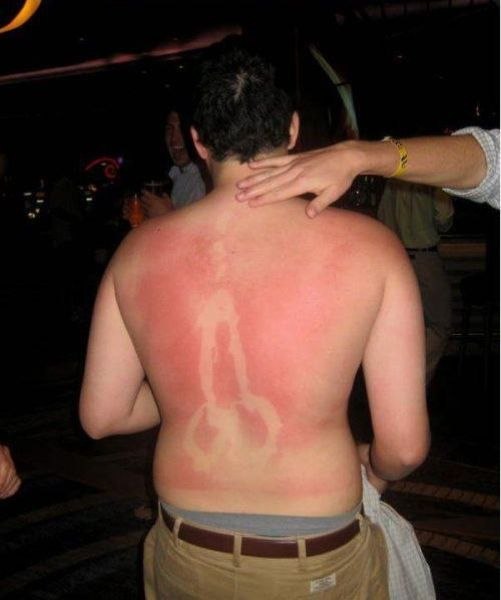 g.: they don’t look like they belong to a Garbage Pail Kid), you obsessively Google things like, “sunburn skin cancer” and “how long between sunburn and certain death” and “comas for sunburn legal?”.
g.: they don’t look like they belong to a Garbage Pail Kid), you obsessively Google things like, “sunburn skin cancer” and “how long between sunburn and certain death” and “comas for sunburn legal?”.
14. The itching begins. Oh, the itching. All you want to do is scratch off all your skin, is that too much to ask? You want to attack it with your claws, just like your cat did when you brought home your brand-new couch. You wrap your hands in gauze and pace back and forth while giggling about what a dummy you are. It’s a horror scene straight out of an 18th century insane asylum.
15. More aloe, more black tea bags, more ibuprofen, more HOT SEARING WHY GOD WHY PAIN.
16. You start to see the (soothing, cool) light at the end of the tunnel. Your skin is healing, and if you’re lucky, turning into a delightful tan. It was all worth it!! JK, it was very much not worth it and you promise yourself that you’ll never be so stupid again.
17. Oooh, that deck chair out in the blazing sun looks like the perfect place to read the entirety of Moby Dick!
Follow Laura on Twitter.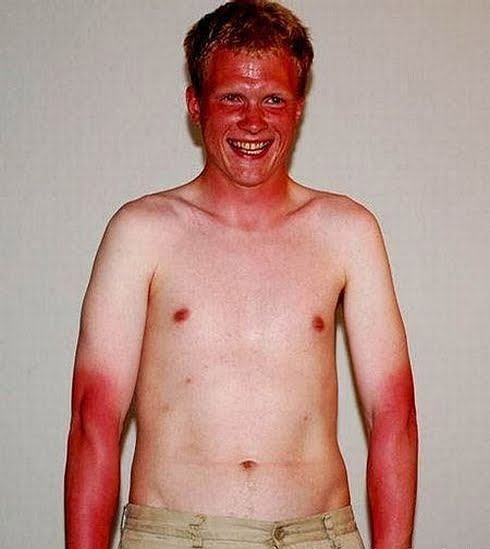
Laura Beck
Laura Beck is a Los Angeles-based TV writer and frequent contributor to Cosmopolitan.com — her work has appeared in the New York Times, New Yorker, Jezebel, and the Village Voice.
This content is created and maintained by a third party, and imported onto this page to help users provide their email addresses. You may be able to find more information about this and similar content at piano.io
Dark shadow over Sunburn, three die at Goa fest | Latest News India
Yet another tourist visiting the controversial yet popular EDM (electronic dance music) festival Sunburn in Goa collapsed and died after being rushed to a hospital, taking the toll of deaths that took place in and around the venue of the festival to three and prompting a heated political debate over the availability of drugs in the coastal tourist destination.
Sandeep Kotta, 24, a resident of Bengaluru, was shifted to hospital in an unconscious state from the Sunburn venue at Vagator beach in Goa on Sunday evening but died while undergoing treatment, the police said.
According to eyewitnesses, Kotta complained of uneasiness before collapsing.
Kotta is the third visitor to the EDM music venue to die. On the first day of the festival, two friends — Sai Prasad Malayala and Venkat Satyanarayana, both from Andhra Pradesh — collapsed while waiting in a queue to enter the venue and were declared dead on arrival at the hospital.
To be sure, police are yet to confirm the cause of deaths, but the age of the dead — Kotta was 24, Malayala, 30, and Satyanarayana, 24 — and the fact that the festival has always been a bit of a politically sensitive issue have been enough to see politicians enter the debate.
“Do we really need events like Sunburn to promote tourism? Can we not redefine our priorities in this sector? Let’s ponder,” Rajendra Arlekar, a former minister, speaker and senior figure in the BJP, tweeted.
His comments come after chief minister Pramod Sawant said the government supports events such as Sunburn solely to promote tourism in the state.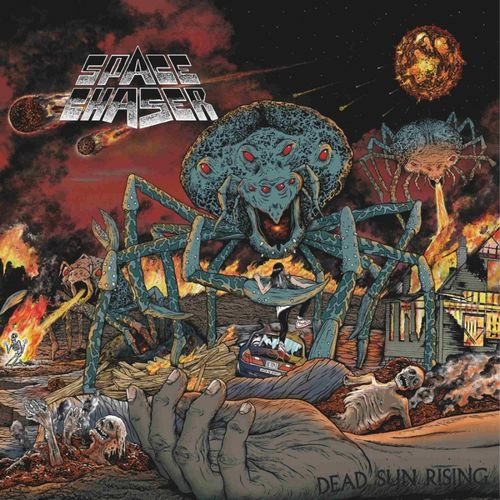
Opposition parties have blamed the rampant availability of narcotics in the state for the deaths, which they claim appear to be on account of an overdose.
“Today’s unfortunate incident has vindicated the stand of the Congress party that the narcotic drug trade in Goa is flourishing with the blessing of the ministers, MLAs and office bearers of the party with a difference,” state Congress president Girish Chodankar said.
Goa is governed by a Bharatiya Janata Party (BJP) government.
However, the police, while not ruling out that the deaths are due to drug overdose, are awaiting the final report of the post mortem inquiry to ascertain the cause of death. Doctors at the Goa Medical College and Hospital have reserved their verdict on the cause of death in the case of the first two who succumbed, pending analysis of the viscera which has been sent to a forensic laboratory outside the state. The final report could arrive in eight days, the police said.
The Congress, alleging a cover up to protect the event’s image, has demanded that a special investigation team be set up to probe the deaths.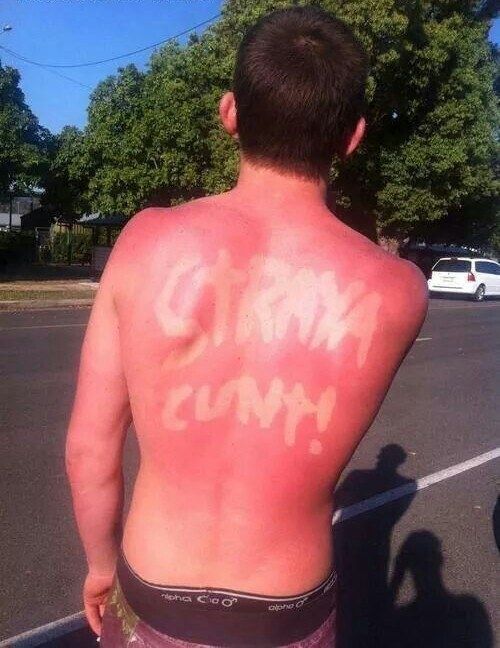
The Goa Police have denied that drugs are freely available at the venue of the festival.
“The ANC (Anti Narcotics Cell) has developed and trained a very capable dog squad with two highly trained sniffer dogs for drug detection. Drug sniffer dogs have been deployed for the first time in a public event at Sunburn to scan the premises of the venue and detect use of drugs. Three undercover teams of ANC were deployed inside the venue for active detection,” superintendent of police Shobit Saxena said.
He added that the police were “successful in prevention and no case of drug abuse has been reported.”
Goa’s tourism minister Manohar Ajgaonkar, who himself attended the music festival and was filmed grooving to the music in a video that has since gone viral, has also stoutly defended the event and insisted that: “we cannot focus on the two deaths and ignore the 50,000 people who were enjoying at the festival”.
“We are pained at the deaths. We are aware that we have to care for the tourists who come to Goa.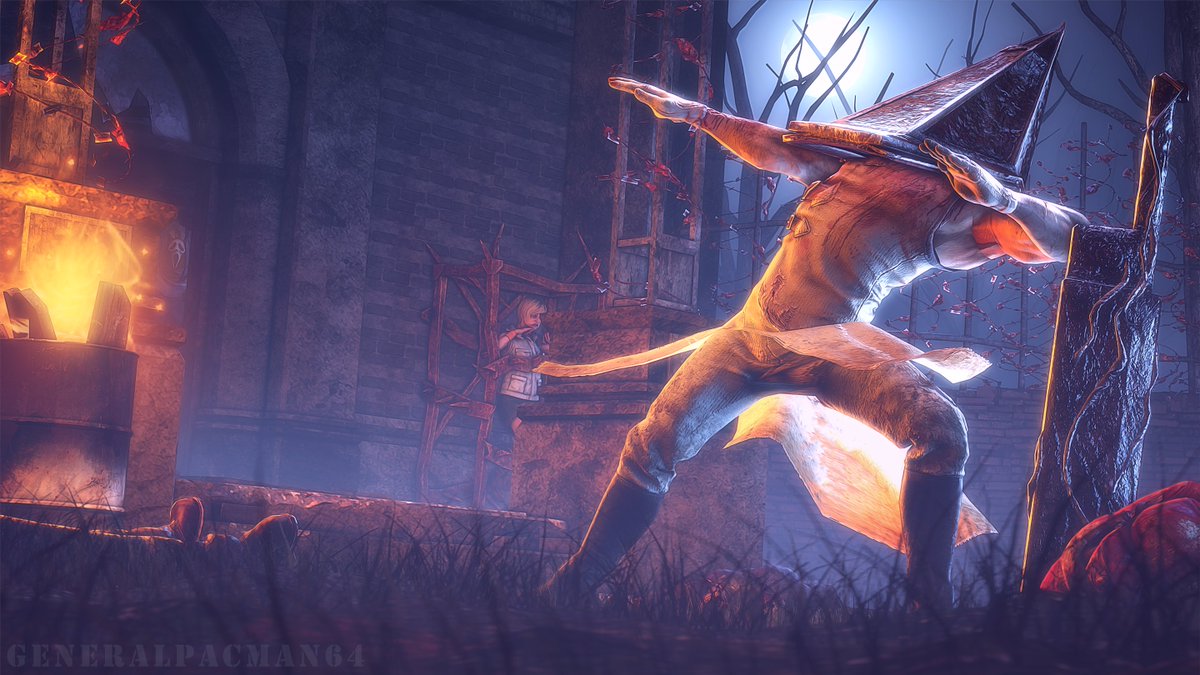 We do not yet have the report over why they have died. If it is indeed that they have died because of drugs then we have to be alert,” Ajgaonkar said.
We do not yet have the report over why they have died. If it is indeed that they have died because of drugs then we have to be alert,” Ajgaonkar said.
Sunburn is a decade old music festival that began in Goa before moving to other cities. This year’s event, Sunburn Klassique, is an offshoot of the main brand. The three day event which concluded on Sunday drew several high profile performers and DJs who performed across the three day festival at Vagator in North Goa.
Sunburn | DermNet NZ
Author: Vanessa Ngan, Staff Writer, 2005.
What is sunburn?
Sunburn is erythema and oedema from excessive exposure to the sun’s rays, more specifically the ultraviolet (UV) radiation emitted from the sun. Sunburn may also occur from exposure to other UV light sources such as in a solarium or tanning salon.
At a cellular level, sunburn is associated with microscopic changes in the skin. There is the formation of UV-induced sunburn cells and a reduction in Langerhans cells and mast cells, which play an essential part of the body’s immune defence system.
What causes sunburn?
To better understand the causes of sunburn we need to take a look at some basic principles of the electromagnetic (light) spectrum. This spectrum is divided according to wavelength into the ultraviolet (< 400 nm), visible (400–760 nm), and infrared (> 760 nm). The ultraviolet (UV) spectrum is divided into three broad areas:
- Ultraviolet A (UV-A) = 320–400 nm
- Ultraviolet B (UV-B) = 290–320 nm
- Ultraviolet C (UV-C) = < 290 nm.
UV-C radiation is filtered out or absorbed in the outer atmosphere so does not pose a problem to humans. UV-A and UV-B radiation are the primary causes of sunburn. The skin reacts differently to each waveband.
Reactions to UV-A and UV-B radiation
| UV-A | UV-B |
|---|---|
| Less potent than UV-B but is the wavelength that reaches the surface of the earth most (about 90% at midday) Penetrates the middle skin layer (dermis) and subcutaneous fat causing damage to the site where new skin cells are created Long-term exposure causes injury to the dermis resulting in ageing skin | Much more potent at causing erythema About 90% is absorbed by the surface skin layer (epidermis) Epidermis responds by releasing chemicals that cause the reddening and swelling characteristic of the early signs of sunburn Repeated exposure causes injury to the epidermis resulting in ageing skin |
Who is at risk of sunburn?
Skin phototyping categorises people into one of six groups based on baseline skin colour and the tendency to tan and burn when exposed to UV radiation.
| Skin Phototype | Typical Features | Tanning ability | MED (mJ/cm2) |
|---|---|---|---|
| I | Pale white skin, blue/hazel eyes, blond/red hair | Always burn do not tan | 15-30 |
| II | Fair skin, blue eyes | Burn easily, tan poorly | 25-40 |
| III | Darker white skin | Tan after the initial burn | 30-50 |
| IV | Light brown skin | Burn minimally, tan easily | 40-60 |
| V | Brown skin | Rarely burn, tan darkly easily | 60-90 |
| VI | Dark brown or black skin | Never burn always tan darkly | 90-150 |
People with type I skin phototyping are at much greater risk of sunburn than their type VI counterparts. The amount of UV radiation, measured in energy per unit area, to produce erythema at an exposed site is called the minimal erythema dose (MED), and this is significantly lower in people with a low skin phototype grading.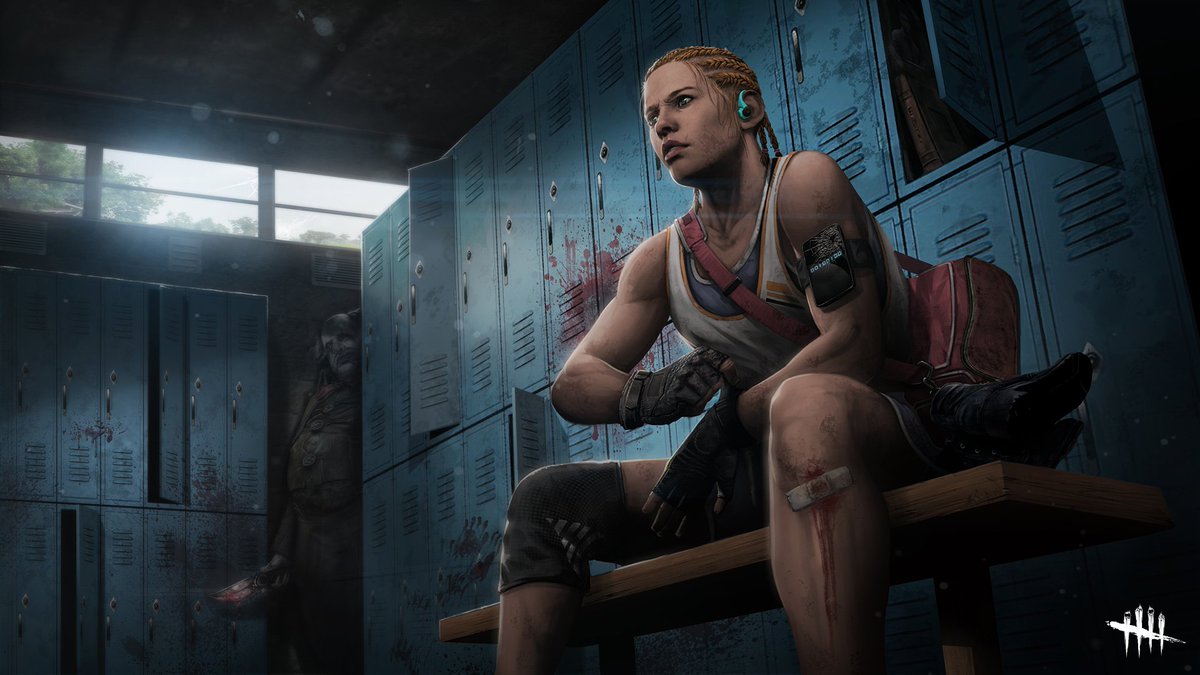 Fifteen minutes of midday sun exposure may cause sunburn in a white skin person, while a darker skinned person may tolerate the exposure for hours.
Fifteen minutes of midday sun exposure may cause sunburn in a white skin person, while a darker skinned person may tolerate the exposure for hours.
Other factors that increase the incidence of sunburn include:
- Regions situated closer to the equator
- Areas at high altitude – UV radiation increases 4% for every 300m increase in elevation
- Skin exposure between 10 am, and 2 pm – 65% of UV radiation reaches the earth between these times
- Clear skies: clouds and environmental pollution reduce UV radiation
- Environmental reflection – UV radiation is 80% reflected by snow and ice
What are the clinical features of sunburn?
The signs and symptoms of sunburn differ according to the skin phototype and length of exposure to UV radiation.
Signs and symptoms usually occur 2-6 hours after exposure and peak at 12-24 hours; they may include:
- Erythema (redness)
- Oedema (swelling)
- Tenderness and irritation
- Skin feels hot to touch
- Pain
- Blistering (severe cases)
- Chills and fever (severe cases)
In severe cases of sunburn, severe skin burning may result in second-degree burns, dehydration, electrolyte imbalances, secondary infection, shock or even death.
Acute sunburn
Around 4-7 days after exposure skin may start to peel and flake off.
Peeling after sunburn
What is the treatment of sunburn?
The treatment of sunburn is to provide relief of the discomfort it can cause with the use of analgesics (pain-killers), cool baths, aloe vera lotions and moisturisers.
However, sunburn is better prevented than treated. Sun protection is your best defence against sunburn and other damaging effects of UV radiation.
- Avoid sun exposure, especially between 10 am to 2 pm
- Wear protective clothing, including wide-brimmed hats
- Apply and re-apply sunscreen with a Sun Protection Factor (SPF) of 50+
An oral food supplement containing Polypodium leucotomas may provide additional oral photoprotection and reduce sunburn.
If you are inadvertently exposed and expect to be sunburned, you may lessen the severity of the burn with the following measures:
- Take two aspirin immediately and then two every four hours
- Apply a topical steroid to exposed areas twice daily for two or three days
What are the long-term consequences?
It is now clear the long-term consequences of overexposure to the sun or other sources of UV radiation are significant.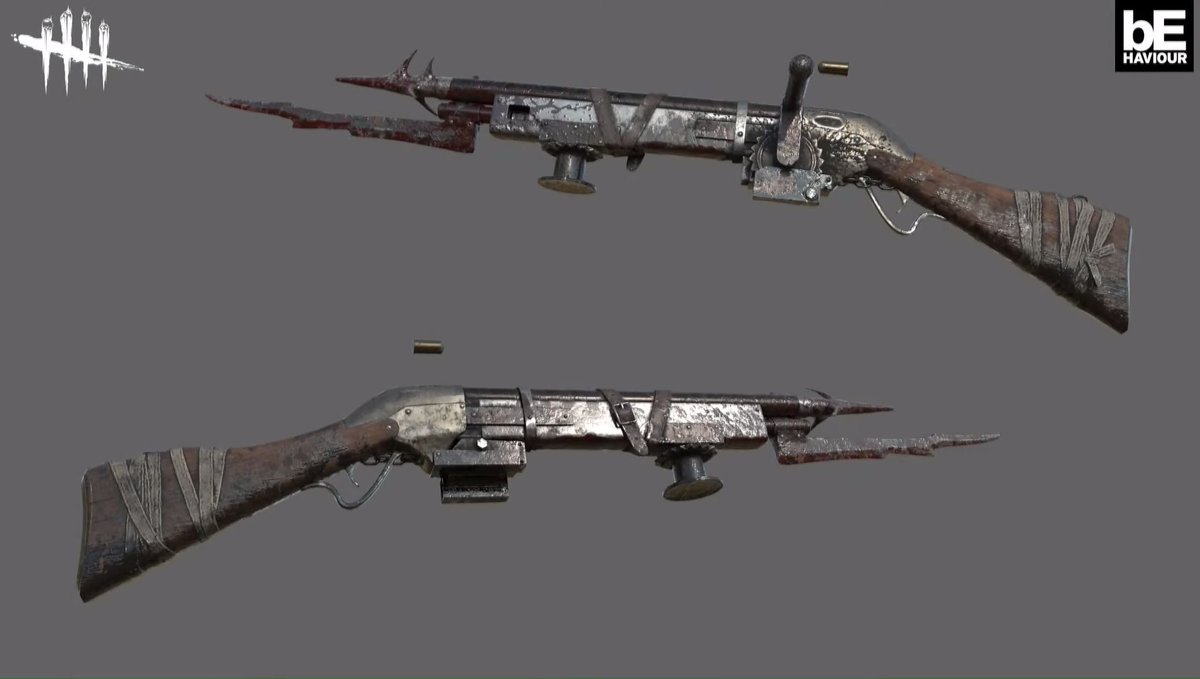 One blistering sunburn at least doubles the likelihood of developing skin cancer later.
One blistering sunburn at least doubles the likelihood of developing skin cancer later.
How does the sun and UV cause cancer?
What is UV?
Ultraviolet radiation (UV) is a source of energy that is released naturally by the sun and artificially from sunbeds.
There are two main types of UV rays that damage our skin. Both types can cause skin cancer:
- UVB is responsible for most sunburns.
- UVA penetrates deep into the skin. It ages the skin but contributes much less towards sunburn.
A third type of UV ray, UVC, could be the most dangerous of all, but it is completely blocked out by the ozone layer and doesn’t reach the earth’s surface.
You can’t tell whether you are at risk of burning by the temperature outside. This is because you can’t feel UV rays. People can still burn on cool or cloudy days, if the UV index is 3 or more.
In the UK, the sun’s UV rays are the strongest between 11am and 3pm from mid-March to mid-October.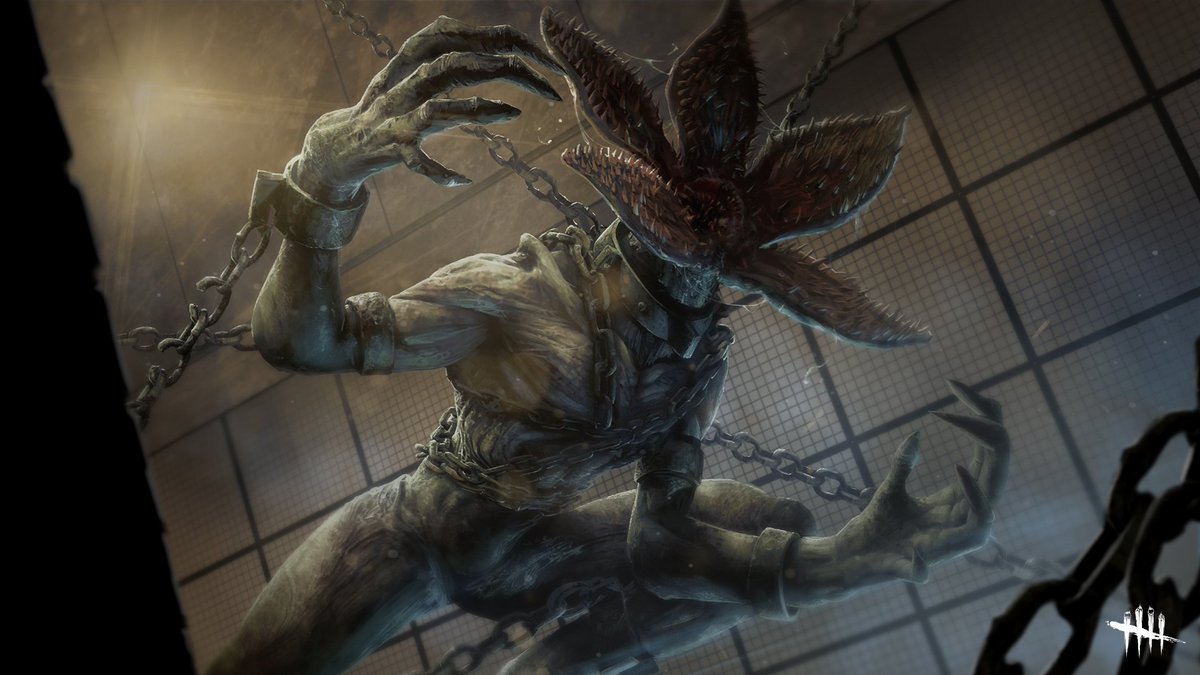 The UV index tells you how strong the sun’s UV rays are each day.
The UV index tells you how strong the sun’s UV rays are each day.
How can UV cause skin cancer?
Too much UV radiation from the sun or sunbeds can damage the DNA in our skin cells. DNA tells our cells how to function. If enough DNA damage builds up over time, it can cause cells to start growing out of control, which can lead to skin cancer.
Anyone can develop skin cancer, but some people can have a higher risk, including people who burn more easily.
Find out about your risk of sunburn.
It’s important to remember that skin damage doesn’t only happen on holiday or in hot, sunny places. The sun is often strong enough to cause damage in the UK, even when it’s cloudy.
Whilst we all need some sun to help us make vitamin D for healthy bones, it’s minutes rather than hours. There’s no need to sunbathe to get enough vitamin D and there is no such thing as healthy tanning. Read more about the sun and vitamin D.
Does sunburn cause cancer?
Yes.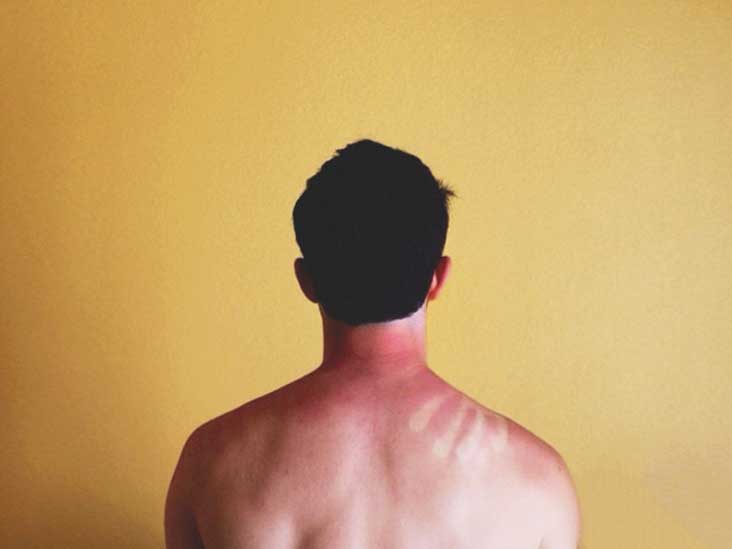 Getting sunburnt increases your cancer risk.
Getting sunburnt increases your cancer risk.
Sunburn is skin damage and your body’s response to try to repair it. It is a clear sign that the DNA in your skin cells has been damaged by too much UV radiation.
Getting sunburn just once every two years can triple your risk of melanoma skin cancer, compared to never being burnt.
Did you know the signs of sunburn can depend on your skin tone?
Sunburn doesn’t have to be raw, peeling or blistering. If your skin has gone pink or red in the sun, it’s sunburnt. For people with darker skin, it may just feel irritated, tender or itchy.
What should I do if I get sunburnt?
If you notice signs of sunburn, you should come out of the sun and cover up to help stop any more damage from happening. Putting on more sunscreen won’t help and won’t let you safely stay out in the sun for longer.
‘After sun’ lotion can help sunburnt skin feel better, but it can’t repair any DNA damage.
Getting sunburnt once doesn’t mean you will definitely get skin cancer. But the more times you get sunburnt the higher your risk of melanoma skin cancer. Reduce your risk of sunburn and protect your skin by using a combination of shade, clothing and sunscreen.
Find out the best ways to enjoy the sun safely.
Can skin cancer spread?
Yes. Melanoma skin cancer can grow down through the layers of the skin and spread to other parts of the body.
Remember, when skin cancer is found at an early stage, treatment is more likely to be successful. If you have noticed any unusual changes to your skin, including a mark or mole that’s new, has changed or been there for a while, speak to your doctor. Read more about melanoma skin cancer symptoms.
Mystery Solved: Why We Sunburn
For the first time, science has illuminated why our skin reddens and stings when we get too much sunshine, a new study says.
(See more health news. )
)
Though “sunburn is a common experience for human beings, there’s surprisingly little information on how energy in sunlight is detected [in the body] as a source of danger,” said study leader Richard L. Gallo, professor of medicine and chief of dermatology at the University of California, San Diego, School of Medicine.
Now Gallo’s team has identified the chemical culprit that triggers our skin’s warning signs. A type of RNA, they found, breaks into pieces within a dead cell done in by ultraviolet sunlight.
Next, so-called receptor molecules in neighboring cells detects the damaged RNA and “tell” the body to inflame the healthy skin around the dead cell—and voilà: sunburn.
Usually, RNA acts as a messenger in our bodies, “coding” DNA, with which RNA shares its double-helix structure. But the kind of RNA that triggers sunburn is called noncoding RNA—it doesn’t transmit genetic information, but instead controls how our genes work.
(Get a genetics overview.)
Sunburn-Triggering Molecule Does “Double Duty”
To identify sunburn’s trigger, Gallo and colleagues gave human skin cells in the lab a dose of ultraviolet light equivalent to about 15 to 30 minutes in the bright sun—enough for a sunburn.
The researchers then added the dead cells to a culture of normal cells. (Read “Unmasking Skin” in National Geographic magazine.)
To the team’s surprise, a type of receptor that normally detects foreign RNA in viruses also recognizes the broken RNA within the dead cells and triggers the inflammation process. “Turns out this receptor does double duty,” Gallo said.
To further test this hypothesis, the scientists used genetically engineered mice that lack the RNA-detecting receptor. Then the team exposed the rodents to ultraviolet light.
The mice got fewer sunburns—suggesting that the receptor is responsible for activating inflammation in the body.
Inflammation May Actually Help
Inflammation can be beneficial for several reasons, Gallo noted. For starters, it removes sun-zapped cells, allowing the skin to heal.
The team also suspects the inflammatory process may clear out cells with genetic damage before they can become cancerous.
And, of course, sunburn is unpleasant—the inflammation “teaches us that getting that sunlight is not such a good thing,” said Gallo, whose study was published July 8 by the journal Nature Medicine.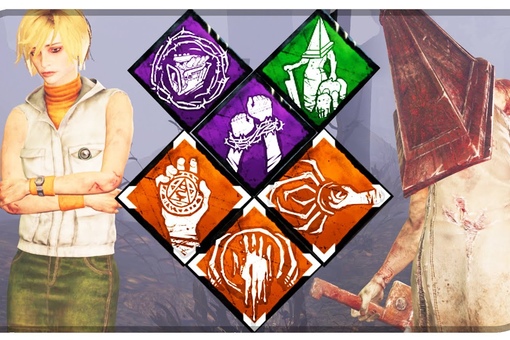
The discovery may be good for more than just summer trivia.
For example, Gallo said, by understanding how sunburn happens may help scientists develop inflammation blockers. That might be bad for most of us, but for many people with autoimmune diseases such as lupus—which can result in high sun sensitivity—thwarting inflammation would be very helpful, he said.
90,000 Sunburns are caused by TRPV4 molecules – they are responsible for the fact that our skin is burned and damaged by ultraviolet radiation
A way has been found to create new sunscreens: to do this, you need to block the molecules responsible for sunburn and pain.
Scientists have figured out the mechanism of sunburn – they have found molecules that are responsible for the fact that our skin burns and is damaged by ultraviolet radiation. And they took the next step – they managed to block them.This discovery will help develop a new tool to relieve us of the summer misery we pay for a beach holiday. The authors published the results of their work in the journal Proceedings of the National Academy of Sciences .
The authors published the results of their work in the journal Proceedings of the National Academy of Sciences .
Sunburn is mainly caused by ultraviolet radiation mid-wavelength range (315-280 nm), ultraviolet B (UVB). Almost 90% of it is absorbed by the ozone layer and greenhouse gases, and the rest reaches the Earth’s surface.In small amounts, ultraviolet B is needed for the body to synthesize vitamin D. But if a person is in the sun for too long, it damages the DNA in skin cells, which is a direct path to skin cancer. Another negative effect of ultraviolet radiation is skin photoaging .
Sunburn is a defense mechanism that signals to us to stop lying on the beach and hide from the sun.
A multidisciplinary team from Duke University , Rockefeller University , University of California San Francisco and Howard Hughes Institute of Medicine have undertaken to study the mechanism of burns.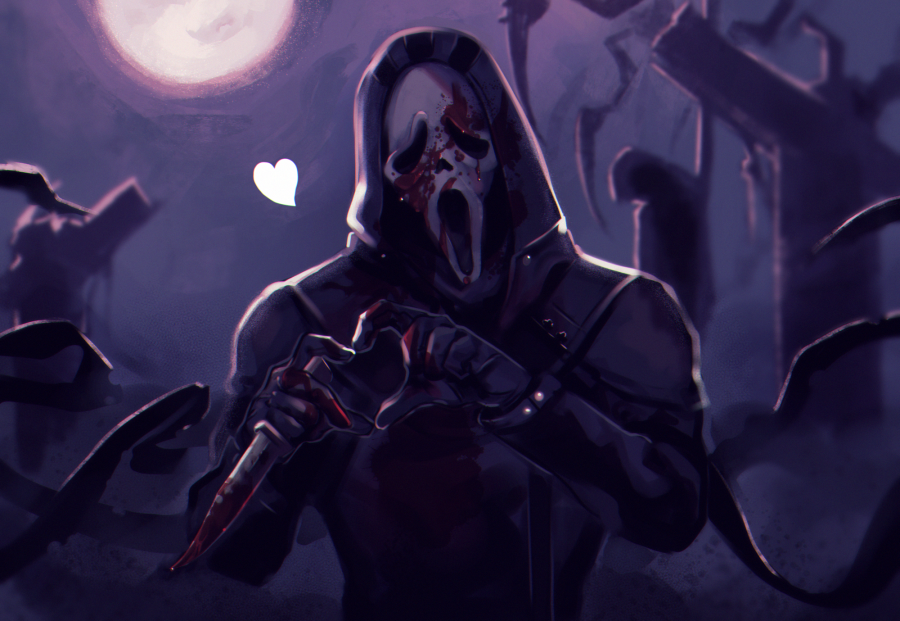 “We have offered a new explanation for why the sun causes burns,” says Wolfgang Liedke , associate professor of neurology and neurobiology at Duke University School of Medicine, and co-director of the study.
“We have offered a new explanation for why the sun causes burns,” says Wolfgang Liedke , associate professor of neurology and neurobiology at Duke University School of Medicine, and co-director of the study.
It turned out that burns and pain are due to the TRPV4 molecules, which are abundant in the cells of the surface layer of the skin – the epidermis.
TRPV4 molecules are actually ion channels that open pores in the cell membrane for positively charged calcium and sodium ions to enter.
The researchers tested the role of TRPV4 molecules in a mouse model. They bred genetically modified mice, in which the TRPV4 molecules were absent, and only in the cells of the epidermis.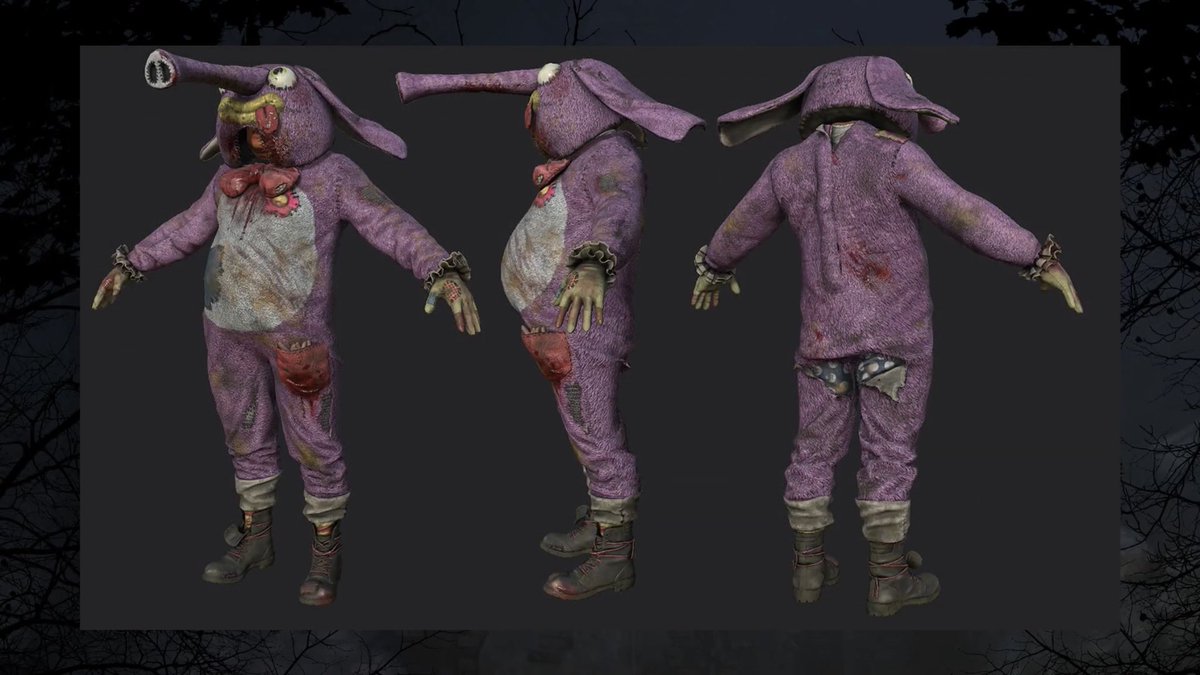 These genetically modified mice and normal control mice were exposed to UVB rays of the forelegs. It turned out that while normal mice received painful burns from radiation, genetically modified mice were resistant to ultraviolet radiation.
These genetically modified mice and normal control mice were exposed to UVB rays of the forelegs. It turned out that while normal mice received painful burns from radiation, genetically modified mice were resistant to ultraviolet radiation.
Then the scientists took a cell culture of the mouse epidermis and investigated what processes at the cell level occur when exposed to ultraviolet radiation.
It turned out that this opens TRPV4 ion channels, and the flow of calcium ions rushes into the cell.
Further molecular analysis made it possible to describe the entire sequence of events: UVB rays activate TRPV4 molecules, which open channels for the flow of calcium ions into the cell, this causes the activation of another molecule called endothelin, which, in turn, sends even more calcium into the cell. Endothelin is known to cause pain and itching. It also leads to pain and itching on the burned surface of the skin.
It remains to check whether everything is happening in humans. To do this, the researchers took a culture of human skin cells and demonstrated that exposure to ultraviolet light causes the activation of TRPV4 and endothelin in the human epidermis.
To do this, the researchers took a culture of human skin cells and demonstrated that exposure to ultraviolet light causes the activation of TRPV4 and endothelin in the human epidermis.
Finally, they decided to try to block this pathway leading to pain and injury.
The researchers took a substance called GSK205 that selectively inhibits TRPV4. They dissolved this compound in a mixture of alcohol and glycerin and treated the paws of mice with it. The treated mice were found to be resistant to ultraviolet light – both pain and skin damage. The same thing happened when GSK205 was added to the cell culture. The analysis showed that the flow of calcium ions under the influence of ultraviolet radiation has stopped.
“Our results indicate that TRPV4 could be a new target for the prevention and treatment of sunburn and possibly the prevention of skin cancer and photoaging,” the scientists said. “TRPV4 inhibitors should be part of the sunscreen arsenal, possibly in sunblock or after-sun balms.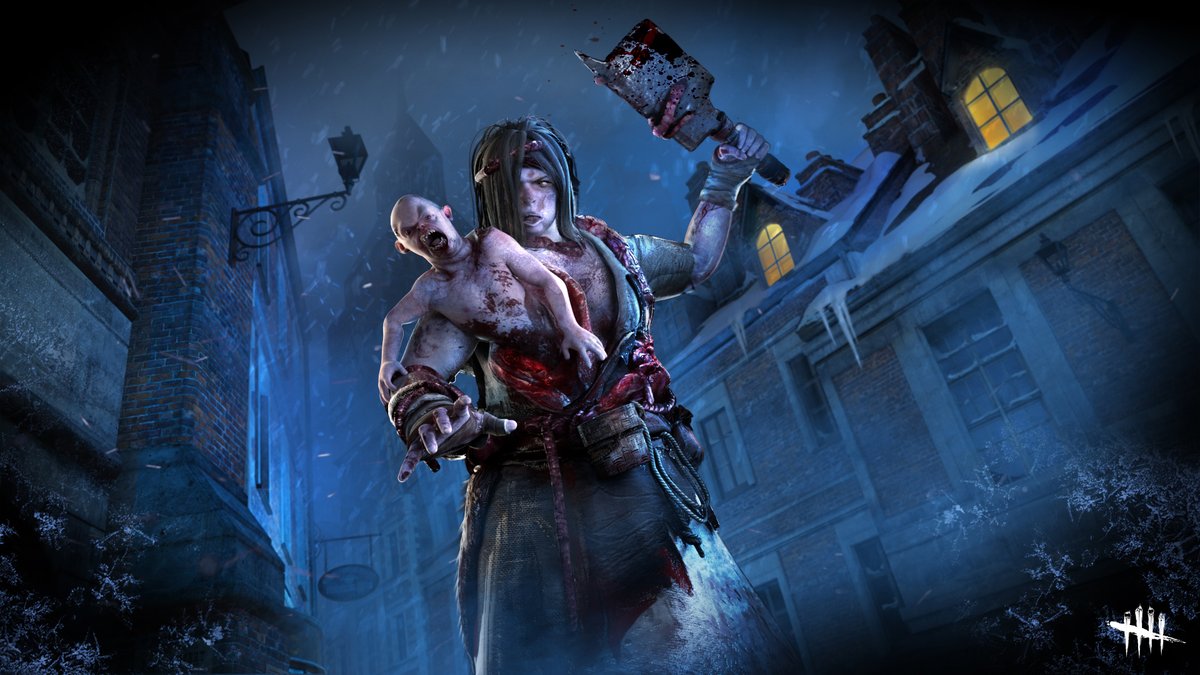 ”
”
90,000 Death Fashion. Tanning is not only beautiful
The fashion for tanning has made melanoma a leader among malignant tumors.Is there a salvation from this aggressive and dangerous ailment?
“I would not wish the worst enemy to go through all this pain, excitement and mental trauma that I and my loved ones had to go through, and only because I wanted to be tanned.” Such messages can often be found on the Internet from people who miraculously recovered from melanoma.
Today, perhaps everyone knows about the dangers of excessive tanning, but they continue to fry in the sun, thinking that skin cancer or melanoma will definitely not touch them.Beautiful bronze skin color outweighs all reasonable arguments and warnings of oncologists.
But when it does, then the chances of a happy outcome are very small, because melanoma is the most aggressive of all types of cancer, it quickly forms metastases and in most cases becomes a sentence for patients, unlike skin cancer, which is easier to treat and how As a rule, it does not lead to death, said Konstantin Titov, Doctor of Medical Sciences, Professor, Head of the Department of Skin and Soft Tissue Tumors at the Loginov Moscow Clinical Research Center (MKSC), in an interview with Sputnik radio.
“In most cases, melanoma occurs spontaneously, most often at the sites of former sunburn. Melanoma-prone nevi form on the skin, there are not so many of them, but against their background, transformation into a cancerous tumor can occur. And so, ordinary moles do not degenerate into melanoma. Basically, melanoma is an acquired disease. Only 10 percent of melanomas can be inherited, “the doctor said.
By the way, if the closest relatives had melanoma, then you can visit genetics and donate blood for genes for predisposition to this disease.It is important to catch melanoma at the very beginning, and even better, when it is in the stage of the so-called precancer, then it can be cured.
The oncologist warns that even one severe sunburn doubles the risk of melanoma. And if you get burned twice, then the risk triples. Moreover, melanoma often forms 20-30 years after active sunburn. And it doesn’t matter where you sunbathe, in the sun or in a solarium. No wonder the peak incidence occurs at the age of 50-55 years.
Also recently, such a rare form of melanoma, as subungual melanoma, has begun to declare itself.According to Konstantin Titov, this is due to the regular use of ultraviolet lamps to fix shellac: “The problem is that regular exposure to ultraviolet light of the fingertips leads to damage to the skin adjacent to the nail plate. Over time, this can lead to mutations in one of the skin cells and subsequently to the development of subungual melanoma, which is dangerous because it is not immediately detectable, because the nails are covered with colored varnish.At the same time, subungual melanoma is much worse, and it is more malignant than ordinary melanoma. “
Many people rely on sunscreen, but this is an illusion. But this is a myth, there are no waterproof creams, says Konstantin Titov: “It turns out that, believing in the reliable protection of the cream, people spend more time in the sun and receive increased doses of dangerous radiation. In addition, sunscreens may themselves cause cancer.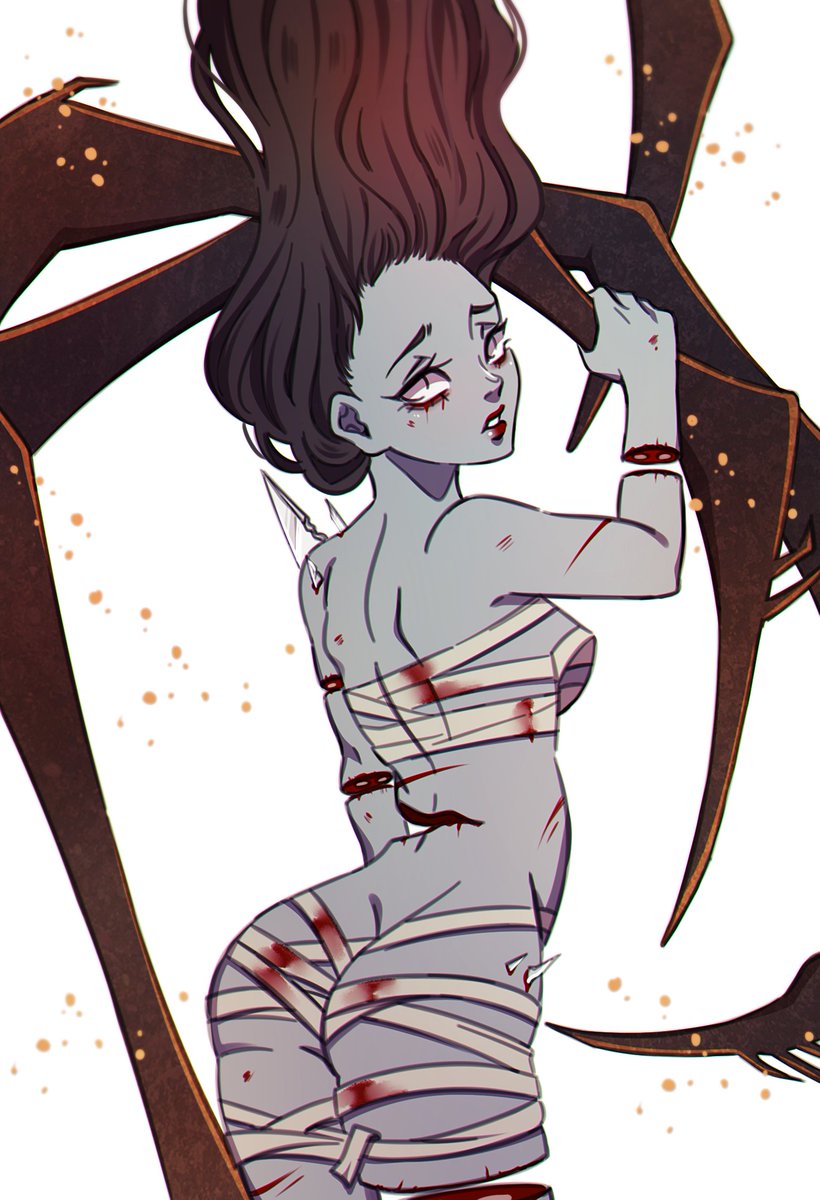 As a rule, they contain substances that reflect the sun’s rays, zinc oxide and titanium dioxide, chemical UV filters, and they can be unsafe for the skin. ” was introduced by the famous Coco Chanel, and this happened by accident when she was sunburned during a cruise in Cannes in 1923. But everyone immediately picked up the fashion trend and released melanoma. …
As a rule, they contain substances that reflect the sun’s rays, zinc oxide and titanium dioxide, chemical UV filters, and they can be unsafe for the skin. ” was introduced by the famous Coco Chanel, and this happened by accident when she was sunburned during a cruise in Cannes in 1923. But everyone immediately picked up the fashion trend and released melanoma. …
Author Olga Gavrilova, radio Sputnik
90,000 What if you are burnt out in the sun?
Sunburn – inflammation of the skin caused by excessive exposure to ultraviolet (UV) radiation from the sun, tanning beds or other similar light sources.
Symptoms:
- The skin at the site of the burn becomes inflamed and reddens, touching it hurts.
- Skin may swell, blister, or crust within a few days of sun exposure.Some people may develop a rash.
- Sometimes the general body temperature rises. In this case, you should be wary of dehydration.
What is the risk of sunburn?
Mild sunburns pass without serious consequences, severe sunburns lead to the formation of long-term non-healing skin defects: erosions and ulcers. But even repeated mild sunburns are unsafe for humans and can lead to skin lesions (photodermatosis, malignant neoplasms) of varying severity.
But even repeated mild sunburns are unsafe for humans and can lead to skin lesions (photodermatosis, malignant neoplasms) of varying severity.
Photodermatosis – skin diseases that occur under the influence of the sun. These include solar urticaria, phototoxic reactions, polymorphic solar dermatitis, benign summer solar dermatitis, lupus erythematosus, and other diseases.
In addition to all of the above, sunburns received at an early age increase the risk of developing 90,069 skin cancer in the future. In addition, repeated excessive ultraviolet radiation can lead to dryness and premature aging of the skin, increasing the risk of developing cataracts and macular degeneration – one of the main causes of blindness.
Treatment of sunburn
If you find yourself with a sunburn, it is necessary to carry out some manipulations to relieve pain when touching the skin, as well as prepare the skin for further treatment.
First aid for sunburn consists of cooling and moisturizing the damaged areas of the body, as well as taking remedies designed to relieve pain.
Cooling. As with any burn, the affected area must be cooled.An ordinary cool bath will also help reduce pain and temperature. These burnout symptoms are associated with active blood flow, which in turn is caused by severe inflammation; accordingly, cold water will constrict blood vessels and alleviate your condition a little. Just do not rush to get into the shower: strong jets of water are again microtraumas and unnecessary pain. Burnt skin should not be washed with soap and “overloaded” with too oily creams.
Important! If blisters have formed, they should never be punctured.
Chilled skin must be moistened, otherwise immediately after cooling, the skin will dry out and become even more inflamed.
Important! When treating sunburn, do not use alcohol-containing lotions and other cosmetics, because they dry the skin, which causes additional trauma to it.
Non-steroidal anti-inflammatory drugs (NSAIDs) will help relieve pain, antihistamines will reduce burning and itching. In addition, NSAIDs prevent the formation of toxic substances that cause the skin to redden and swell.
Immediately It is necessary to see a doctor for headache, nausea, weakness, chills, fever and blisters on the skin.
The Emergency Department of the Family Medical Center (ONiEP) accepts adults and young patients around the clock, 7 days a week.
Experienced doctors and nurses will always help you if your love for the sun turns out to be excessive and leads to negative consequences and you are burned.
Reception lead:
The best and most memorable bosses of World of Warcraft – part 2 – Gambling addiction
The final release of the top of the most prominent opponents from World of Warcraft.
Some time ago we started talking about the greatest raid bosses World of Warcraft .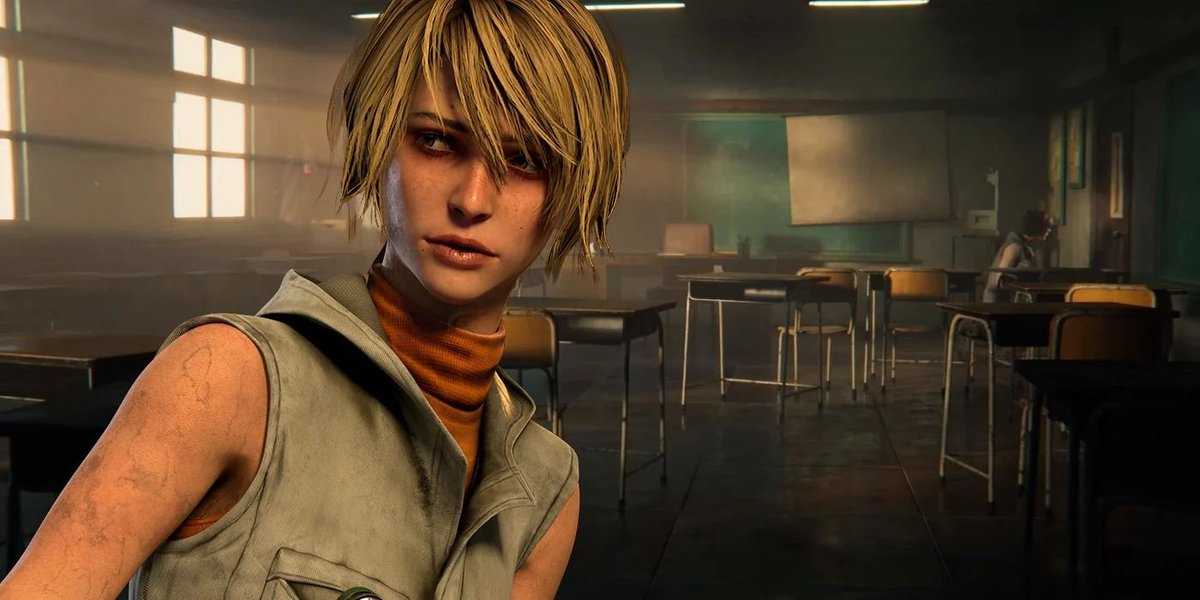 We remembered both the ancient gods and titans, and the heroes and villains of the vast universe of WoW. Azshara, C’Thun, the Lich King, Ragnaros, Yogg-Saron, and others have all proven themselves worthy adversaries, albeit in some dishonest way.Now it’s time to continue the story.
We remembered both the ancient gods and titans, and the heroes and villains of the vast universe of WoW. Azshara, C’Thun, the Lich King, Ragnaros, Yogg-Saron, and others have all proven themselves worthy adversaries, albeit in some dishonest way.Now it’s time to continue the story.
The bosses that were included in the second part of the collection are probably well known to all experienced raiders. But it was not surprising to forget about some battles, because old raids are gradually losing their relevance, they are being replaced by others, and new players who have not found battles in their current version are unlikely to be able to evaluate them the way the fighters of the past did.
Al’Akir, Throne of the Four Winds (Cataclysm)
The Lord of Heaven Al’Akir, an accomplice of Deathwing and the owner of the Throne of the Four Winds, is living proof that once Blizzard not only produced endless copies of successful decisions, but was not afraid to experiment and try something new. The boss himself was not particularly difficult: his fellow guards from the Wind Conclave created much more problems for the raiders. However, the giant elemental possessed a unique technique.
The boss himself was not particularly difficult: his fellow guards from the Wind Conclave created much more problems for the raiders. However, the giant elemental possessed a unique technique.
In the third phase of the battle, Al’Akir destroyed the platform on which the raid was taking place, and the players found themselves floating in the air. The final of the battle took place in flight, in a completely three-dimensional environment. It turned out to be more difficult to navigate in this space than on the usual solid ground, and at first the boss gave the raiders a lot of trouble.
And not only him. It took more than a month to kill Al’Akir for the first time, and a solid part of this time was spent just to get to the boss, because the air bridges in the instance did not lead to the next platform, but outside the dungeon. When the navigation was finally repaired, the number of the raid on the final boss had to be reduced, because its complexity grew depending on the number of players.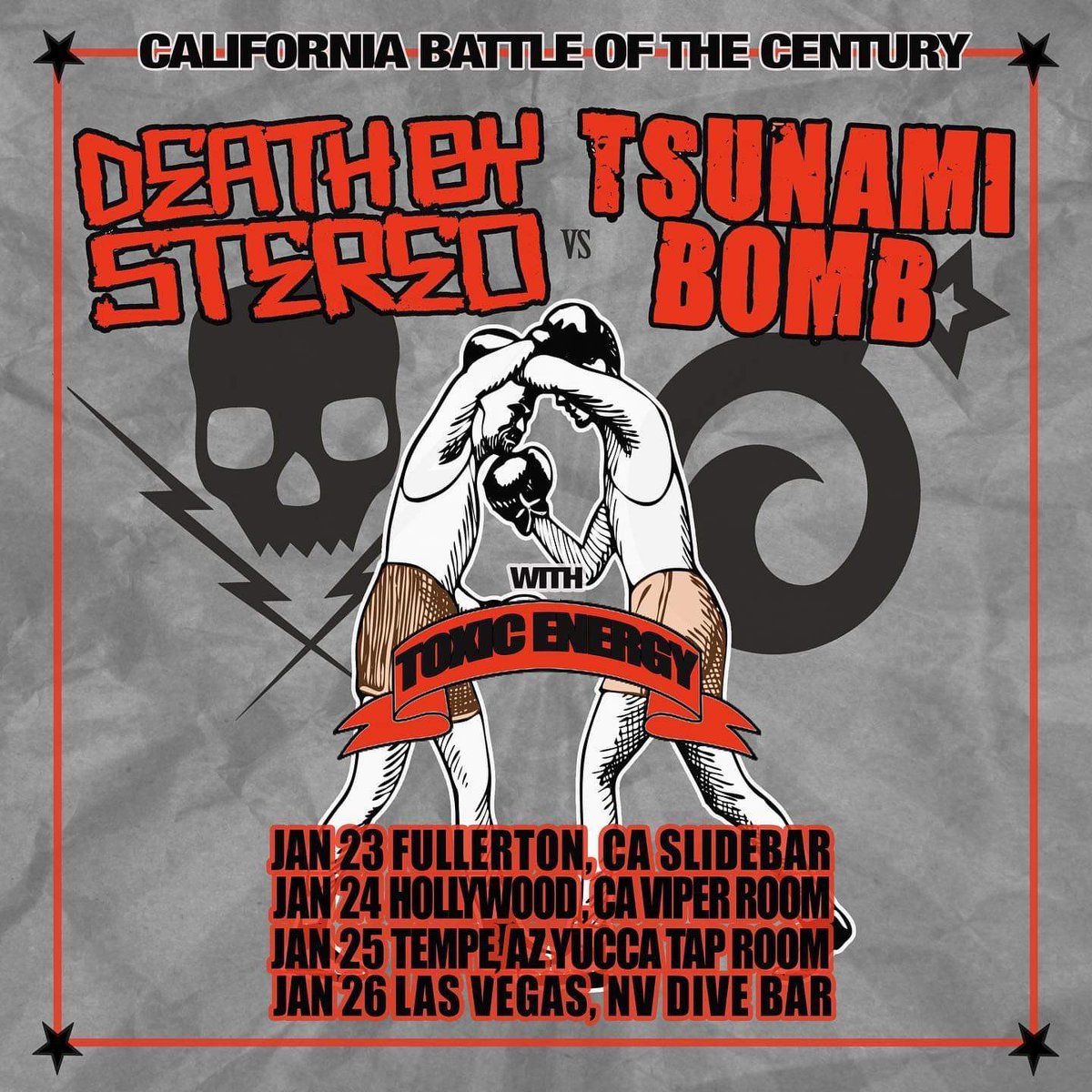 By tradition, Blizzard weakened Al’Akir after some time, after which he ceased to pose any significant threat.
By tradition, Blizzard weakened Al’Akir after some time, after which he ceased to pose any significant threat.
Since then, the company, for some reason, no longer favors the technique of air battles, sending us in flight either for a short time, or on a “support” (remember the back of Deathwing). The last time the 3D boss appeared in the Eternal Palace, although the surroundings there were completely different: the Darkwater Leviathan was sitting in an underwater cave. And the main mechanics were not at all connected with orientation in space, but with jellyfish burns, which did not allow to restore health.
Uu’nat, Crucible of Storms (Battle for Azeroth)
The Crucible of Storms was a raid that no one expected anything from: walkthrough content designed to dilute the anticipation of the main battle.There are only two bosses (or rather, three, but the first two act as a duet), no labyrinths or theatrical plots. All the more unexpected was the fact that 731 attempts were spent on the first kill of the final boss – Uu’nat lasted 11 days. Yes, this period does not compare with how long they tried to overwhelm K’Tun, but there is one significant difference: Uu’nat was not broken, but was complicated by – even though before the first murder, Blizzard managed to weaken him twice.
Yes, this period does not compare with how long they tried to overwhelm K’Tun, but there is one significant difference: Uu’nat was not broken, but was complicated by – even though before the first murder, Blizzard managed to weaken him twice.
Developers have trained N’Zoth’s faithful servant in a number of treacherous and dangerous mechanics.On his side every now and then the summoned monsters became, which not only harmed the players, but also healed the boss himself. Raiders had to dodge dangerous areas and deadly strikes, sacrifice their health for the sake of their companions, and quickly switch to the most important target. And all their attempts were watched by the impassive eye of the Old God: the meeting with him at that time was not at all close.
Uu’nat is ranked first in the number of attempts for the first kill. Their counting, however, was not conducted from the very beginning of the history of raids in World of Warcraft.But on this indicator, Herald of the Void bypasses Queen Azshara, Yogg-Saron, Ragnaros and other prominent bosses in WoW.
Archimonde, Hellfire Citadel (Warlords of Draenor)
Archimonde the Defiler, archdemon and the right hand of the fallen titan Sargeras, is one of the legendary bosses and most important figures in World of Warcraft mythology. Players who managed to overcome all the challenges of “Battle for Mount Hyjal” stumbled upon a surprise: the final boss was noticeably different from all the previous ones.The battle with him at one time required the utmost concentration and attentiveness: any mistake of a single raid member led to the death of the entire team within 10-15 seconds.
Not only “vanilla” veterans, but also “children of the Legion” will be able to understand who Archimonde is. Remember how Velen and I arrived on Argus? Archimonde is one of the participants in those old events. Once upon a time there were three eredar rulers of Argus: Kil’jaeden, Velen, and Archimonde. And they were such powerful magicians that they managed to impress even Sargeras.The Burning Legion’s creator promised them eternal life and immense strength in exchange for joining the demonic army. The two agreed, and Velen had to flee. We met him and his supporters, the draenei, in The Burning Crusade .
However, with Archimonde, as with many other bosses, not everything is so simple. Firstly, we had to kill him twice, and there are no guarantees that he died at last. After the battle on Mount Hyjal, the archdemon returned to us in Warlords of Draenor : he turned out to be the final boss of Hellfire Citadel.They explained his return by the fact that demons in the Warcraft universe can be finally killed only in the Twisting Nether. So Archimonde has every reason to one day reappear somewhere in Azeroth or Draenor, or even on Argus – why not?
And due to the fact that Draenor came out so broken that at some point Blizzard stopped trying to fix it and switched to Legion, Archimonde turned out to be the final boss of the expansion. We just started by trying to figure out what Grommash Hellscream had done, and the unexpected invasion of demons looked sudden, inexplicable and unsaid, like Grommash’s instant transformation from villain to hero.And this further aggravated the players’ dissatisfaction with the unfinished Draenor.
However, in his second coming, Archimonde confirmed his reputation as an insidious boss. His first kill in the hardest mode took 472 attempts.
Jaina Proudmoore, Battle for Azeroth
Blue-eyed blonde, Daughter of the Seas and one of the strongest sorceresses of Azeroth, Jaina Proudmoore is not only the favorite heroine of cosplayers, artists and authors of erotic fanfiction.Her story permeates a huge layer of events in World of Warcraft: first the failed bride of Arthas, then Thrall’s ally, and, finally, the traitor of her people and the culprit of her father’s death. She once nearly killed Ogrimmar, and if not for Kalecgos, Blizzard would have had to paint a new capital for the Horde. After that, Jaina disappeared for a long time, only to return to the beginning of the battle for Azeroth.
Jaina became another Warbridge alongside Azshara and Sylvanas. And her return was not only long-awaited, but also incredibly effective: the song performed by Helavisa and the daring male choir was appreciated not only by Russian players.And in the expansion itself, Jaina not only took on a huge share of the Kul Tiras storyline, but also acted as the final boss of the raid.
The Battle of Dazar’Alor turns out to be another unusual Blizzard experiment. Its passage came out radically different for the players of the Alliance and Horde: the former attacked the capital of the Zandalari Empire, the latter tried to prevent them. And then they could switch places to see with their own eyes how the siege went from the point of view of different factions. Thanks to this, everyone, regardless of the side of the conflict, was able to fight the final bosses, King Rastakhan and Lady Jaina.Spoiler alert: in the end of the battle, the girl remains alive, and she still has a lot of work in the Dark Lands. But the king was not saved by the treaty with the loa Bwonsamdi.
Jaina possesses a variety of magic techniques, but water and ice obey her best. This is taken into account in her boss fight: at first, we are trying to resist not only her elementals, but also the ships of the Kul Tiran fleet, firing cannons at the frigates. And in the second part, Jaina lures us to the icy arena, where we have to fight with blizzards, survive the freeze and by any means get heat so as not to give an oak tree.The first kill of her epoch-making version took 346 attempts.
Blackhand, Blackrock Foundry (Warlords of Draenor)
Expansion Warlords of Draenor, as we have already noted, came out unfinished – and remained so until the very end. This also manifested itself in raids: most of Draenor’s bosses turned out to be quite standard and faceless. But the more sharp contrast to them were the final and (in rare cases) intermediate bosses. Blackhand is a great example of how the raiders, who cleared out all the floors of the atmospheric underground Orc factory without any problems, ran into a very difficult test.Even on Normal difficulty, Blackhand was more dangerous than many of the heroic raid opponents of the time. It took 325 attempts to defeat the boss on Mythic difficulty for the first time.
But Blackhand stood out against the background of the then bosses not only with cunning tactics who from time to time changed the battlefield. In addition, he was completely devoid of the usual “Warcraft” pathos and most of all resembled a superintendent, loaded with work, whom they dared to take away from business. His adage “You had to duck” even became a winged one among the raiders.
Blackhand wasn’t the only unusual boss in the Foundry. Many people remember the Orebug the Devourer, who replenished his mana by eating mountains of ore – and the players had to destroy them before the overgrown goren had time to reach them. But the most interesting was Operator Togar. The battle took place on the railway tracks, on which from time to time trains of trolleys arrived – some light, some with reinforcements. Players had to follow all the tracks at once so as not to get hit by the train and quickly deal with additional enemies.
The battle with Blackhand turned out to be difficult to master: he carried out a DPS-check, that is, it was necessary to infuse damage not lower than the required level into him in a limited time. In the first phase, it was required to demolish a third of the boss’s health before the entire workshop was flooded with red-hot slag. At the second stage, assistants joined the battle, and at the third stage, constant damage resumed throughout the raid from the constantly growing overheating. If this phase dragged on, then at some point the healers simply ceased to cope with keeping the team alive.
Ships and chess
Experienced Raiders know that bosses do not have truly unique mechanics that often. The same puddles, assistants, strikes in the area and in a straight line are repeated over and over again for most of them – only the entourage and presentation change. And it is very rare that there are battles that are radically different from the usual ones.
The Karazhan dungeon in The Burning Crusade at first glance seemed like a walk-through: it was small, only ten people, and out of twelve bosses, only four were mandatory.But in the era of the first major add-on, World of Warcraft was actively developing: tons of fresh content was prepared for it, and the developers were not afraid to experiment. Karazhan is a vivid proof of this. Take, for example, the Chess Event, during which the players had to beat the magician Medivh in chess. On the side of the whites were the warriors of the Alliance under the leadership of King Llane, the fighters of the Horde, led by the leader Blackhand, played for the blacks, and the raiders could “saddle” any piece, using its set of special chess skills.Medivh took on enemy figures, and during the battle he did not hesitate to cheat. The battle was considered won when the enemy’s king died.
The chess game was not the only unusual mechanic in Karazhan. At the opera house, players could participate in one of three plays: the stories of Romeo and Juliet, Little Red Riding Hood, or Dorothy of Oz. During the Legion era, the developers brought us back to Karazhan, but there the dungeon became a group dungeon and changed a lot. Now the opera gives completely different performances, and chess has disappeared altogether.
Another “safe” add-on was Wrath of the Lich King : not only a powerful plot was prepared for it, but also a number of innovations and unique mechanics. Let us recall at least Icecrown Citadel: we have already talked about the Lich King in the previous article, but on the approaches to him, players were in for a much more unusual battle. Since getting close to Arthas’ stronghold is not easy, the path to the Citadel was to be made by airships: the Skybreaker under the command of Muradin Bronzebeard of the Alliance and Orgrim’s Hammer, ruled by High Ruler Saurfang of the Horde.But here’s the trouble: only one ship could get to the citadel first. And who is more important to get even with the Lich King, the raiders had to decide. Their task is to fire at the enemy ship from cannons, board and repel enemy attacks.
And if we are already talking about raid flights, then how not to remember Deathwing – or rather, the part in which we flew on Neltharion’s back, trying to open his armor. From time to time, the dragon made a “barrel”, discarding not only monsters born from his blood, but also unwary players.
Kil’jaeden, Tomb of Sargeras (Legion)
Kil’Jaeden is one of the “reusable” bosses. We first met him in the Sunwell Plateau in The Burning Crusade, although his story, as we remember, begins much earlier: with Argus and Sargeras’ generous offer. To get to Azeroth he was helped by the unprecedented power of Anveena Teague – a girl created from the energy of the destroyed Sunwell. In the final and most difficult raid of the expansion, he was the last boss, although from a tactical point of view, the battle with him turned out to be not particularly memorable.Another surprise was: Illidan Stormrage was called the main antagonist of the expansion from the very beginning, and it was he who flaunted on all the arts. However, the victory over him in the Black Temple turned out to be quite simple, and after a few months it turned out that there are villains in the Warcraft universe and cleaner than a rebellious elf.
By that time, many unpaid deeds had accumulated on Kil’Jaeden’s account: he inspired and trained Ner’zul and Gul’dan, recruited orcs to serve the Legion and planned their invasion of the human world.To him we “owe” the creation of the Scourge and the later transformation of Arthas into the Lich King. He also led Illidan – to a certain extent, since over time it was revealed that the elf had his own plans from the very beginning regarding the Scourge and Sargeras himself. And these villains met again in the “Legion” – but by that time Stormrage had become almost the main character of our confrontation with the troops of the dark titan.
Before reaching Sargeras himself in Antorus, we had to go to his tomb: the place where the avatar of the defeated titan was once imprisoned, until Gul’dan unsealed the prison.There, hoping to regain its former strength, Kil’Jaeden prepared to revive the avatar. And when he realized that the plan had failed and the victory promised by the fallen titan escaped again, the demon lord decided to get even with the uninvited raiders. And he did it brutally and ingeniously: it took 654 attempts to kill the epoch-making version of Kil’Jaeden for the first time. Surpasses him in this indicator, except that Uu’nat.
The fight with the Tempter is one of those, during which you have to constantly monitor your condition and location, while the boss calls for help, floods the site with dangerous puddles and strives to sweep the entire raid from it at once.One of the most difficult stages of the raid is to find Illidan in the pitch darkness as quickly as possible and deal with the army of enemies while his blessing is in effect.
All the most interesting, unusual, difficult and memorable bosses in WoW, of course, do not end there. We only casually mentioned Avatar of the Fallen and Garrosh, not a word about Al’ar, Kel”Tuzad, Chromaggus, Ouro or Solarian. And there are still (knock on wood) many years of new stories, plots, dungeons and powerful opponents ahead. In the coming months, we will surely have a meeting with the Jailer – and who knows where it will lead and how this enemy, who commands death itself, will surprise us?
In the meantime, tell us in the comments which boss from the classic and modern dungeons is the most memorable for you.
More on Gambling
90,000 In September, the number of new HIV cases decreased. 332 people were diagnosed with AIDS
18 October 2021, Monday, 10:35
335
2021-10-18T10: 35: 00 + 03: 00
Medicine
2021-10-20T04: 00: 34 + 03: 00
Ukrainian News
Ukrainian News
In September, the number of new HIV cases decreased.332 people were diagnosed with AIDS
Elena Novikova
In September, 1,221 new cases of human immunodeficiency virus were registered, which is 1.9% less than in August, 332 people were diagnosed with acquired immunodeficiency syndrome (AIDS).
The Public Health Center has said this in a statement, Ukrainian News Agency reports.
“In September 2021, 1 221 new cases of HIV infection were officially registered in Ukraine, 332 patients were diagnosed with AIDS, and 159 people died of AIDS” , the message says.
In newly diagnosed cases, the heterosexual route of infection predominates – 770 cases.
In 34 cases, a homosexual route of infection was established, in 412 cases – injection, in 179 cases – transmission of infection to the child from the mother, in 1 case the route of infection was not established.
As Ukrainian News Agency earlier reported, in August the number of new HIV cases decreased by 13.7% to 1 244, 324 people were diagnosed with AIDS.
In July, 1,426 new cases of human immunodeficiency virus were registered, which is 7.4% more than in June, 415 people were diagnosed with acquired immunodeficiency syndrome (AIDS).
Subscribe to the most important and interesting newsletter
Published at the end of the day, it takes 5-7 minutes to read
The doctor told what to do in case of sunburn
https: // ria.ru / 20210617 / ozhog-1737336542.html
The doctor told what to do with a sunburn
The doctor told what to do with a sunburn – RIA Novosti, 06/17/2021
The doctor told what to do with a sunburn
With each during the day, solar activity increases, how to properly care for your skin if you get a sunburn, he said in an interview with Sputnik radio … RIA Novosti, 06/17/2021
2021-06-17T04: 10
2021-06-17T04: 10
2021-06-17T04: 10
society
health – society
burns
russia
stanislav arkannikov
/ html / head / meta [@ name = ‘og: title’] / @ content
/ html / head / meta [@ name = ‘og: description’] / @ content
https: // cdnn21.img.ria.ru/images/07e5/05/11/1732620466_0:2998:1686_1920x0_80_0_0_468ff1d731b36ddfcfa17b9c92cfd0c3.jpg
MOSCOW, June 17 – RIA Novosti. Every day solar activity increases, how to properly care for your skin if you get a sunburn, dermatologist and cosmetologist Stanislav Arkannikov told Sputnik radio. The desire to tan faster and harder often turns into sunburn. To avoid them, you need to use special protective creams and try to be in the sun only when it is not very active: in the morning before 10-11 o’clock and in the evening after 17, the doctor said.He explained how to act if the skin is still burned, reddened, painful sensations appeared. There is a certain algorithm for saving from sunburn, the doctor said. The next step is a cold shower, which must be taken at the earliest opportunity. Water, the temperature of which should be about 20 degrees, will help relieve irritation, soothe the skin, lower body temperature, and stop the development of the burn itself. In this case, strong jets must be avoided so as not to injure the skin even more, the doctor explained.He added that if the pain from the burn does not go away, you can take some kind of pain reliever. “Burning sensations, tingling sensations, which can only be eliminated with medications, can be added to the pain. The easiest way to relieve pain is paracetamol or ibuprofen,” he said. Stanislav Arkannikov. According to him, another mandatory item is skin hydration, not with sour cream or kefir, but with special moisturizers, preferably with vitamin E, chamomile extract, aloe juice and panthenol.”In case of burns, in no case should alcohol-containing lotions and acid-containing substances, such as kefir or sour cream, be used, this can adversely affect the quality of the skin itself – it will age when exposed to such substances during a burn,” Stanislav Arkannikov said in an interview with Sputnik radio. that when redness, burning and other painful sensations pass, it will be possible to sunbathe again, but observing all precautions.
https://ria.ru/20190707/1556288684.html
Russia
RIA Novosti
internet-group @ rian.ru
7 495 645-6601
FSUE MIA “Russia Today”
https: //xn--c1acbl2abdlkab1og.xn--p1ai/awards/
2021
RIA Novosti
7 495 645-6601
FSUE MIA “Russia Today”
https: //xn--c1acbl2abdlkab1og.xn--p1ai/awards/
News
ru-RU
https://ria.ru /docs/about/copyright.html
https: // xn – c1acbl2abdlkab1og.xn – p1ai /
RIA Novosti
7 495 645-6601
FSUE MIA Rossiya Segodnya
https: //xn--c1acbl2abdlkab1og.xn--p1ai/awards /
https://cdnn21.img.ria.ru/images/07e5/05/11/1732620466_0-0:2731:2048_1920x0_80_0_0_ba8a327d6b56a162ae0ef045bc813981.jpg
RIA Novosti
9000-6602 internet-g1000
FSUE MIA “Russia Today”
https: // xn – c1acbl2abdlkab1og.xn – p1ai / awards /
RIA Novosti
7 495 645-6601
FSUE MIA Russia Today
https: //xn--c1acbl2abdlkab1og.xn--p1ai / awards /
society, health – society, burns, Russia, Stanislav Arkannikov
MOSCOW, June 17 – RIA Novosti. Every day solar activity increases, how to properly care for your skin if you get a sunburn, dermatologist and cosmetologist Stanislav Arkannikov told Sputnik radio.
The desire to tan faster and harder often turns into sunburn. To avoid them, you need to use special protective creams and try to be in the sun only when it is not very active: in the morning before 10-11 o’clock and in the evening after 17, the doctor said. He explained how to act if the skin is still burned, reddened, and painful sensations appeared.
There is a certain algorithm for saving from sunburn, the doctor said.
“The very first thing is that you have to run away from the sun, and not just run away under a canopy, because there will be air of the same temperature, and this has a detrimental effect on the skin in this situation, but run to a place protected from the sun, where the temperature will be lower …If this is not possible, you need to cover yourself with clothes that will protect you from ultraviolet radiation as much as possible, ideally it will be cotton clothes and it is advisable to soak it in cold water, “said Stanislav Arkannikov.
The next step is a cold shower, which must be taken at the earliest opportunity Water, the temperature of which should be about 20 degrees, will help relieve irritation, soothe the skin, lower body temperature, and stop the development of the burn itself.He added that if the pain of the burn persists, some pain reliever can be taken.
“Burning sensations and tingling sensations can be added to the painful sensations, which can only be eliminated with medications. The easiest way to relieve pain is paracetamol or ibuprofen,” said Stanislav Arkannikov.
According to him, another mandatory item is skin moisturizing, and not with sour cream or kefir, but with special moisturizing creams, preferably with vitamin E, chamomile extract, aloe juice and panthenol.
“In case of burns, in no case should alcohol-containing lotions and acid-containing substances, such as kefir or sour cream, be used, this can adversely affect the quality of the skin itself – it will age when exposed to such substances in case of a burn,” Stanislav Arkannikov said in an interview with Radio Sputnik.
He added that when redness, burning and other painful sensations pass, it will be possible to sunbathe again, but taking all precautions.
July 7, 2019, 16:59Sterlitamak. Sterlitamak portal (STERLITAMAK.RF, STR.RF, STERLITAMAK.RU, STR.RU) :: Sterlitamak city
Sterlitamak news section . Sterlitamak news is an overview of the most interesting events taking place in the city of Sterlitamak. News of Sterlitamak is created not only by the administrators of the portal, but also by any resident who wants everyone in Sterlitamak to be aware of the latest news of the city. By adding a message to section “news of Sterlitamak” , each of us is doing our bit to make us all more informed about the events of in the city of Sterlitamak . After all, it is that the news of St.Sterlitamak interests us most in life, because we want to keep abreast of all events, and we do not want to miss important and interesting events. Add Sterlitamak’s news yourself and tell all the guests and residents of Sterlitamak about it.
Search:
Most viewed on STR.RU
Interesting on STR.RU
Showcase Sterlitamak
Place in the Sterlitamak Showcase
twenty.10 PC operators
20.10 Buy wholesale cable, wire, expensive, self-pickup
20.10 Electrician services electrical installation of any complexity
20.10 Buy cable, wire wholesale from storage, stale, illiquid assets, assembly remnants, from the State Reserve, from the Federal Reserve.
